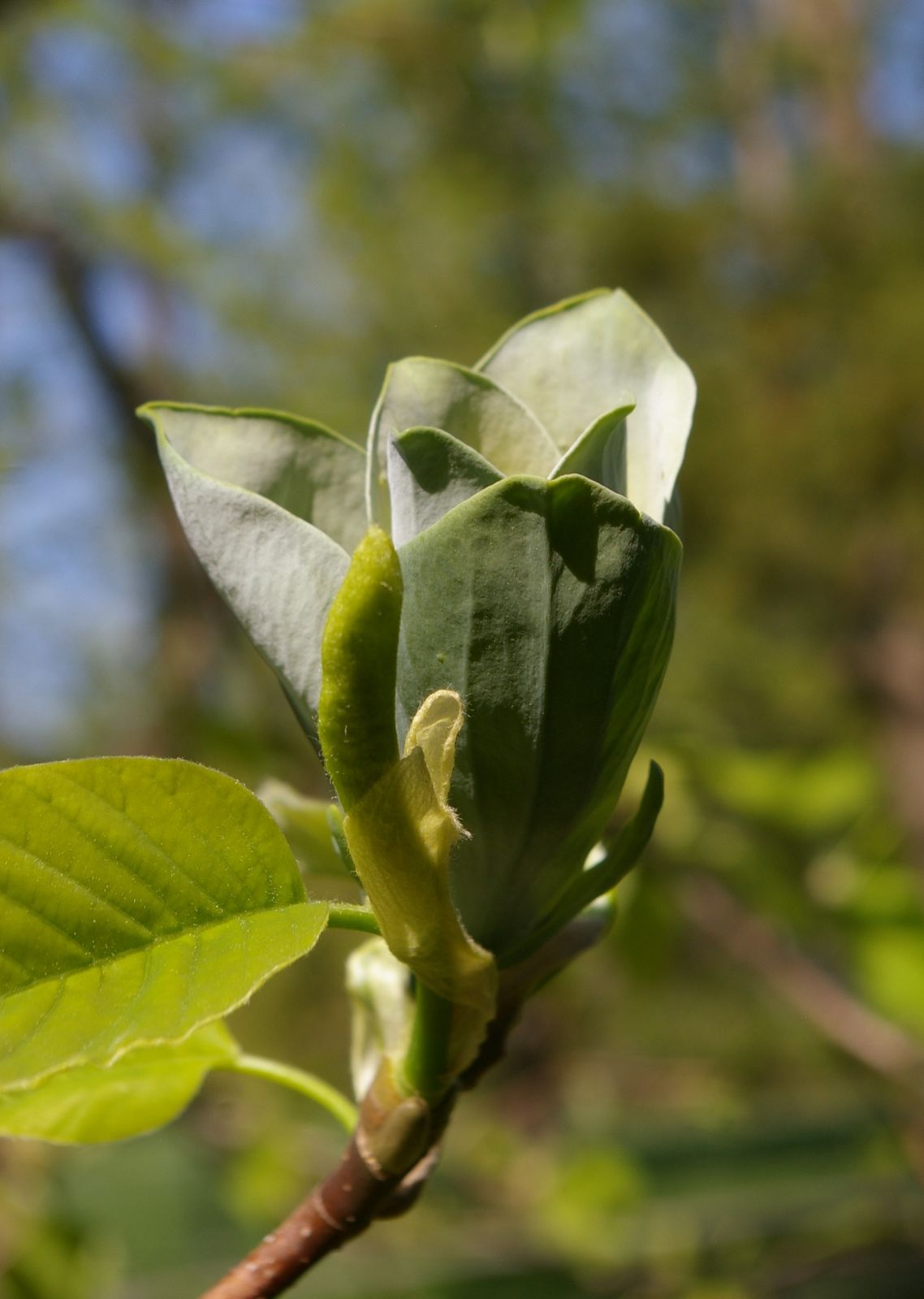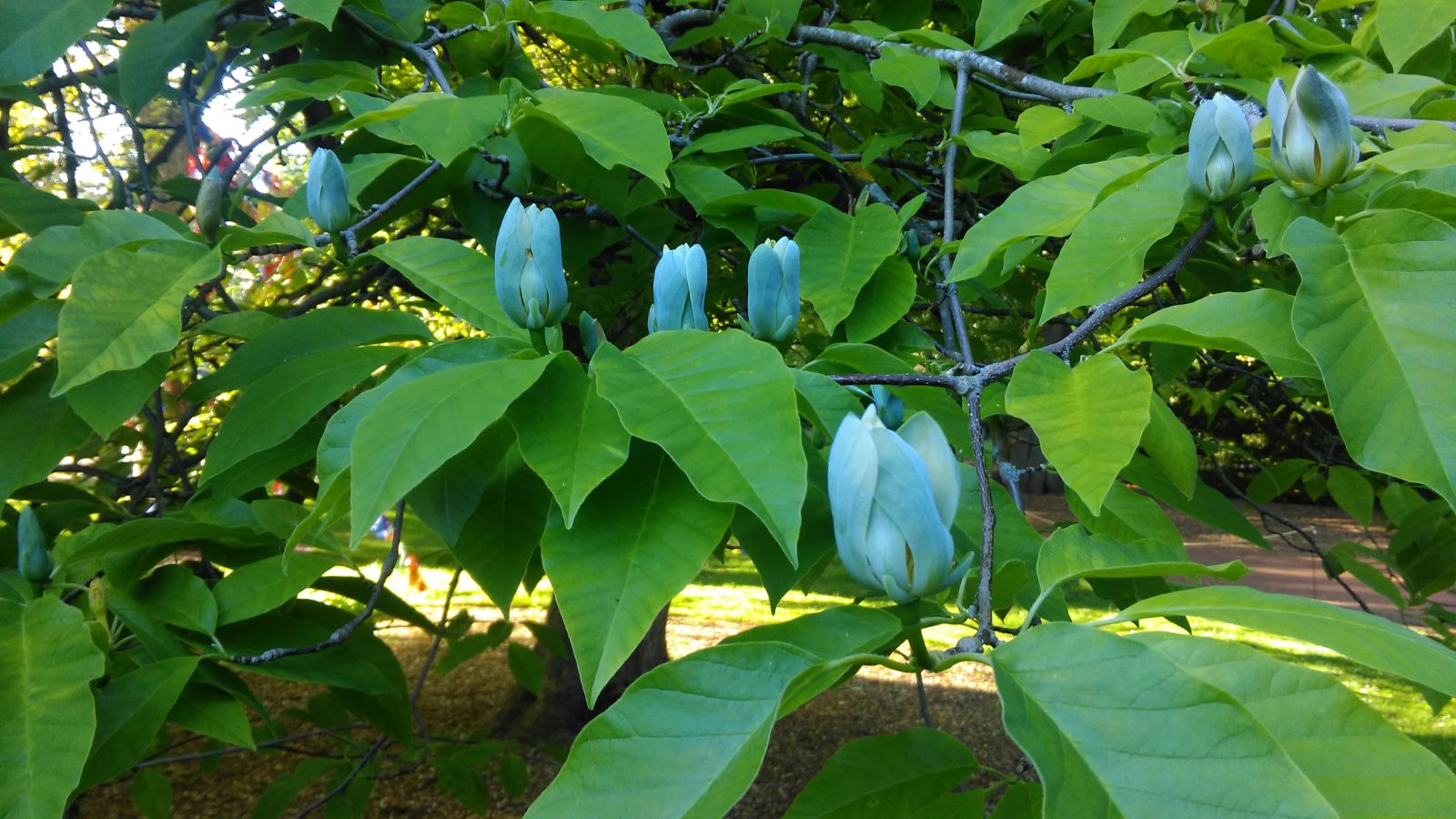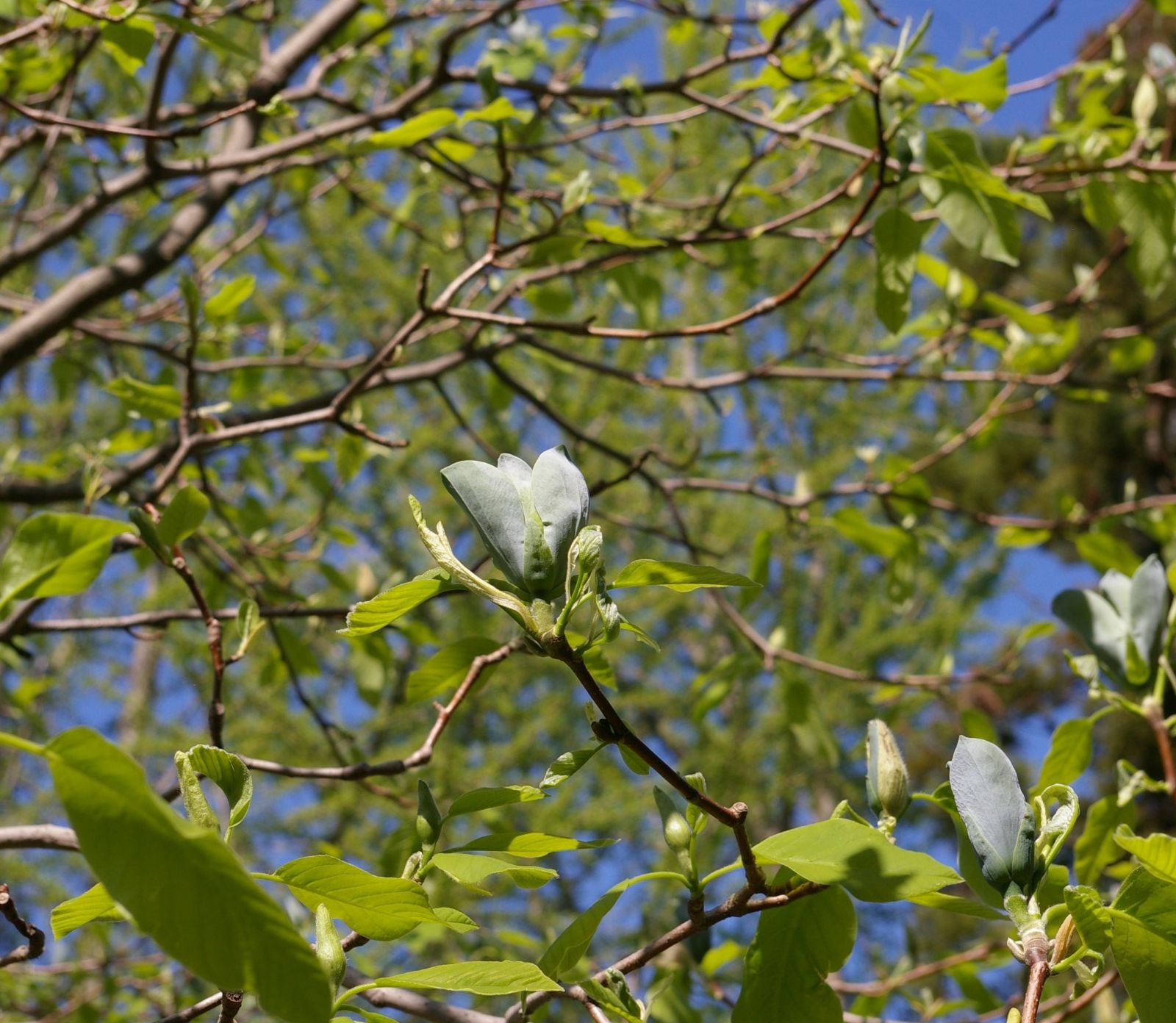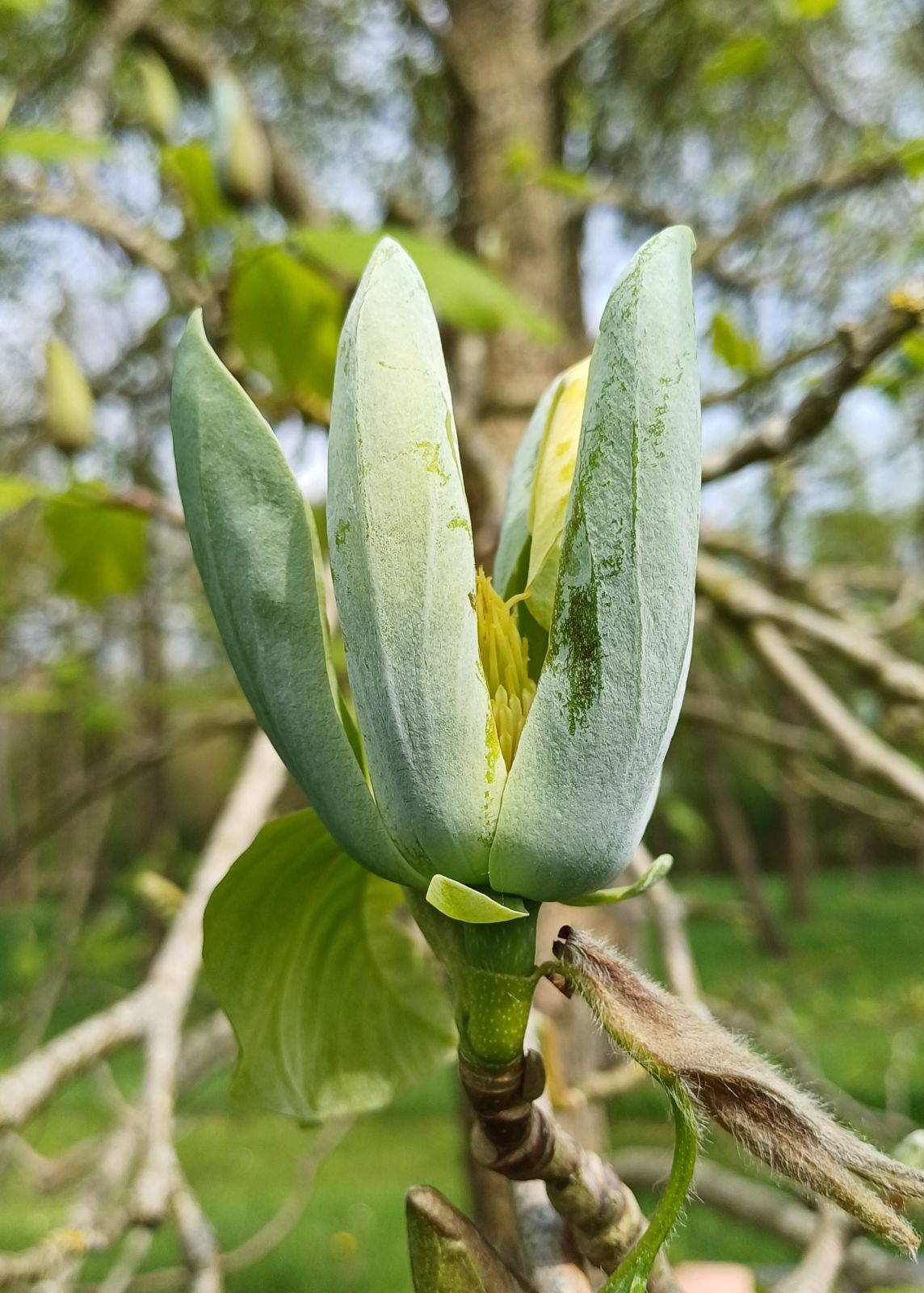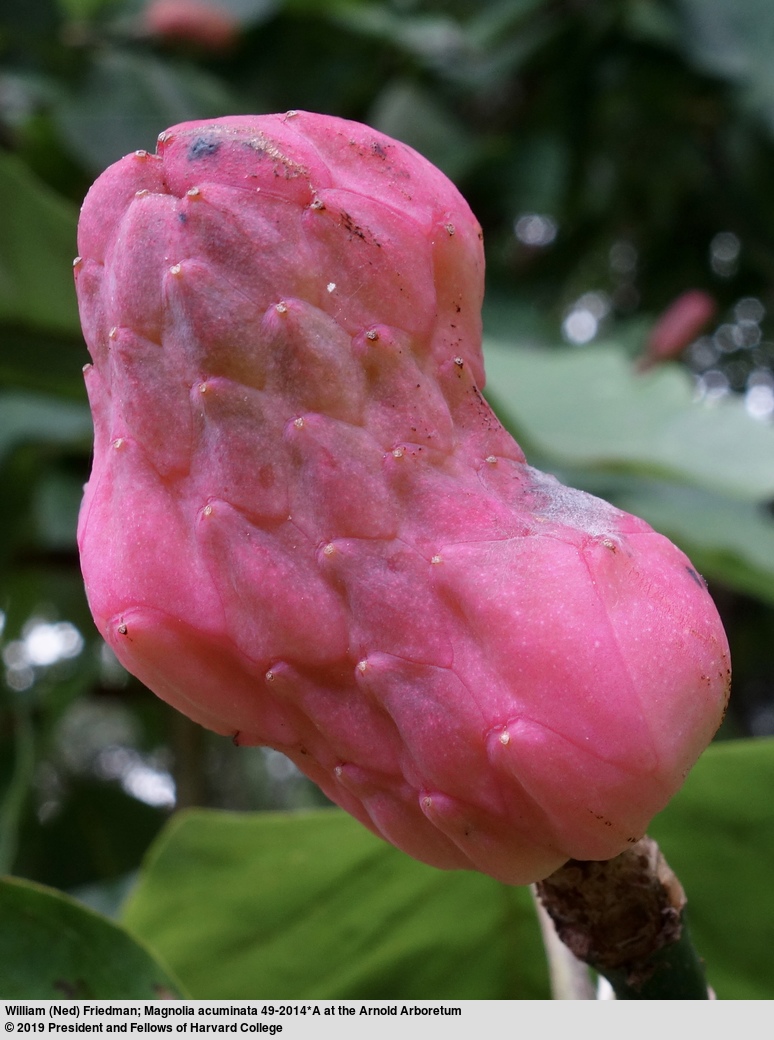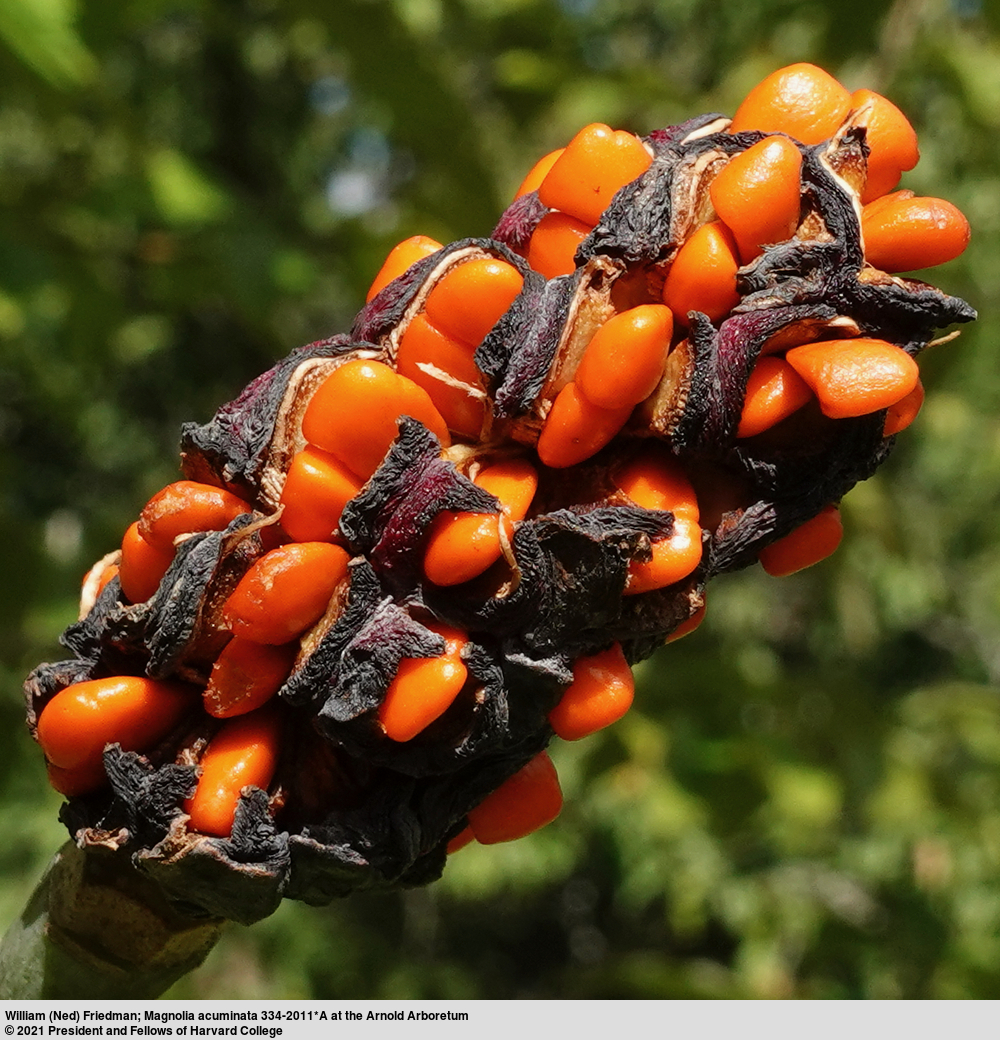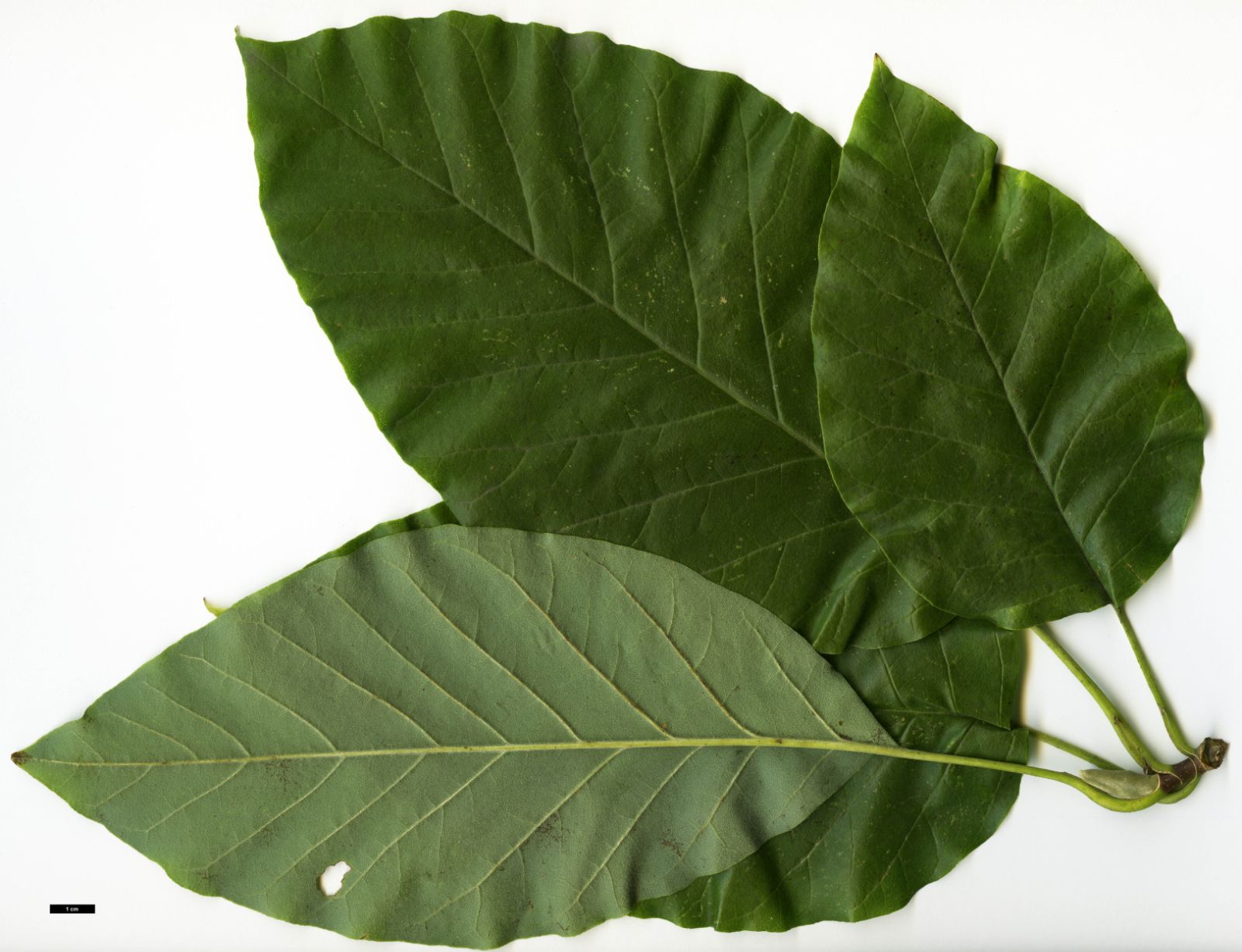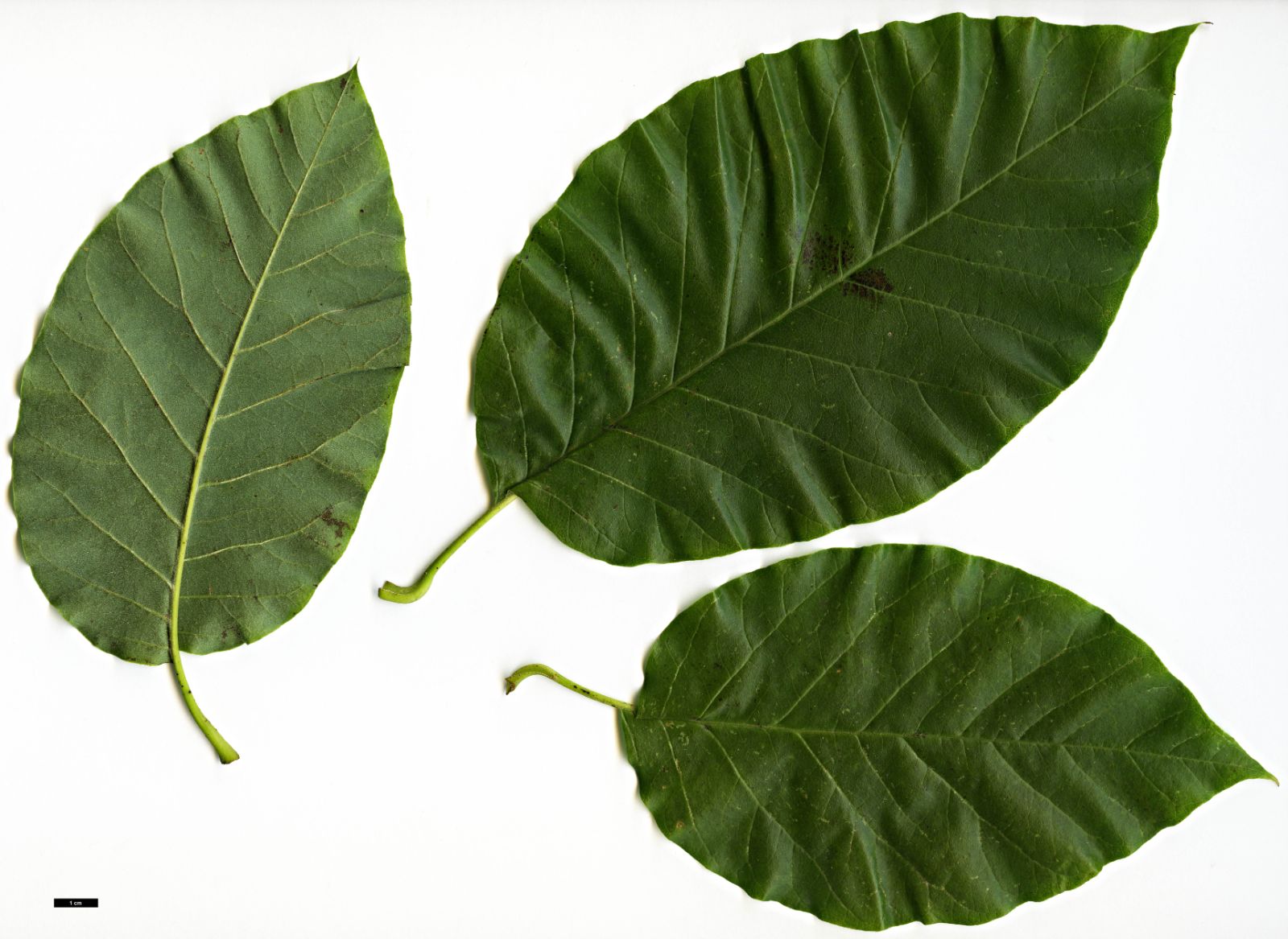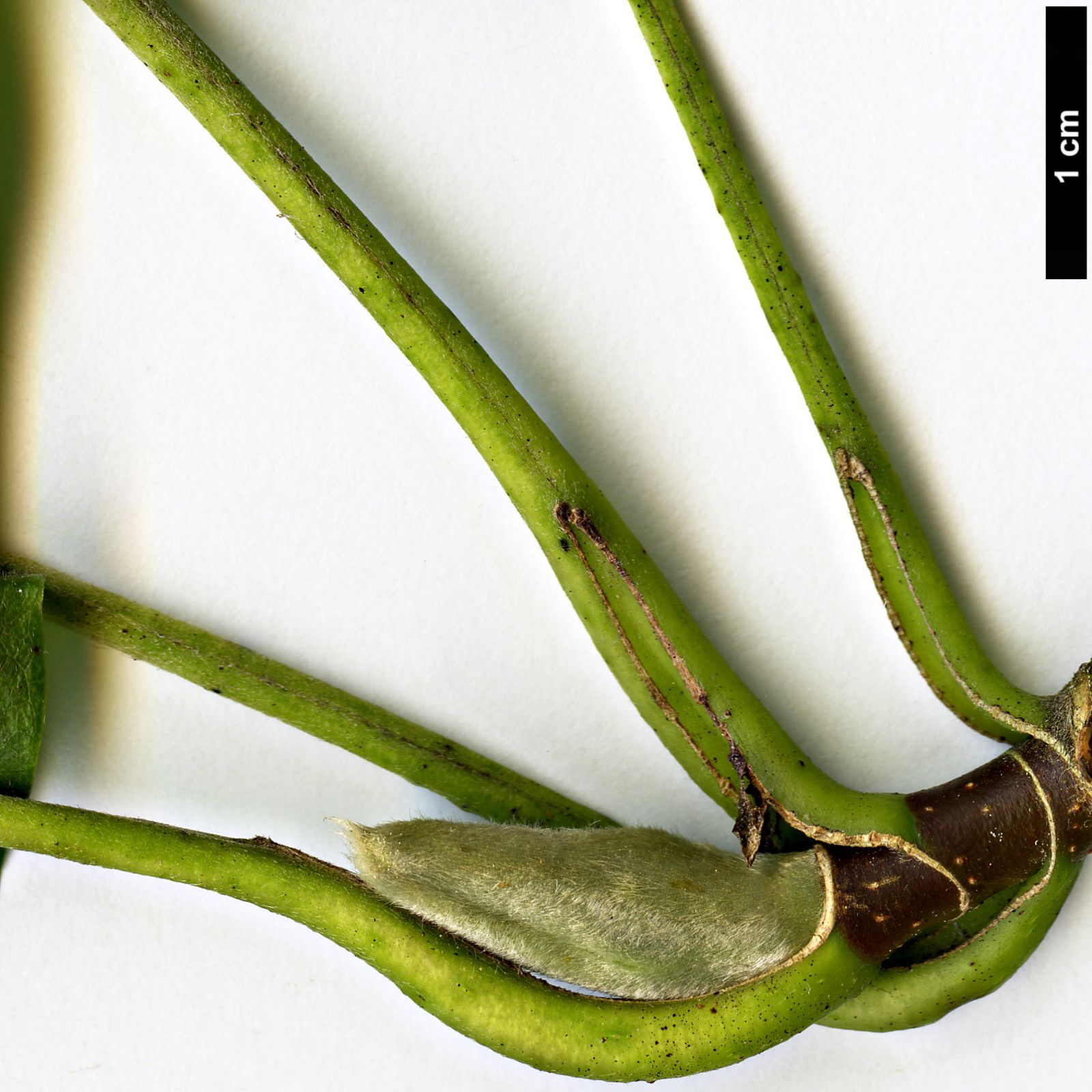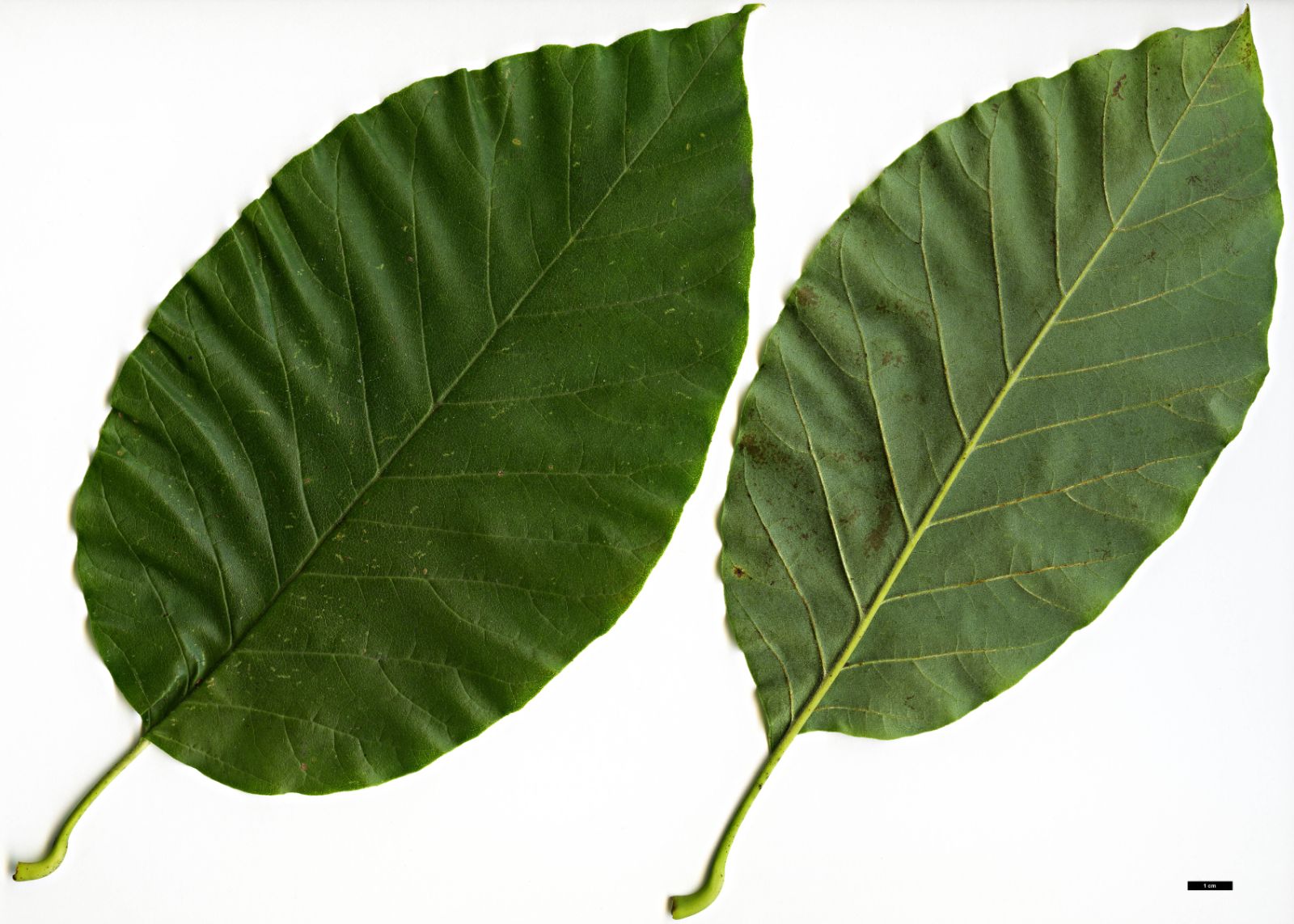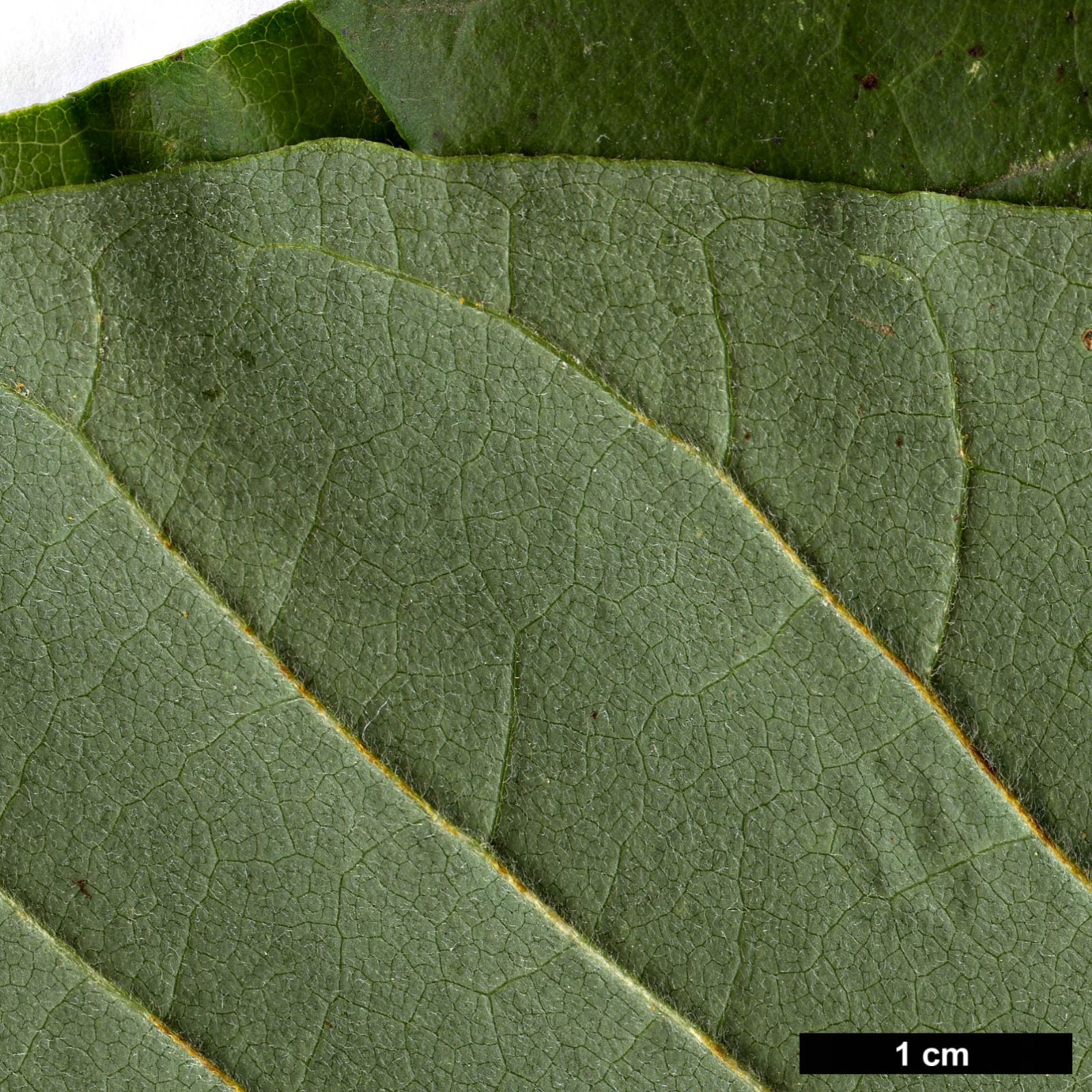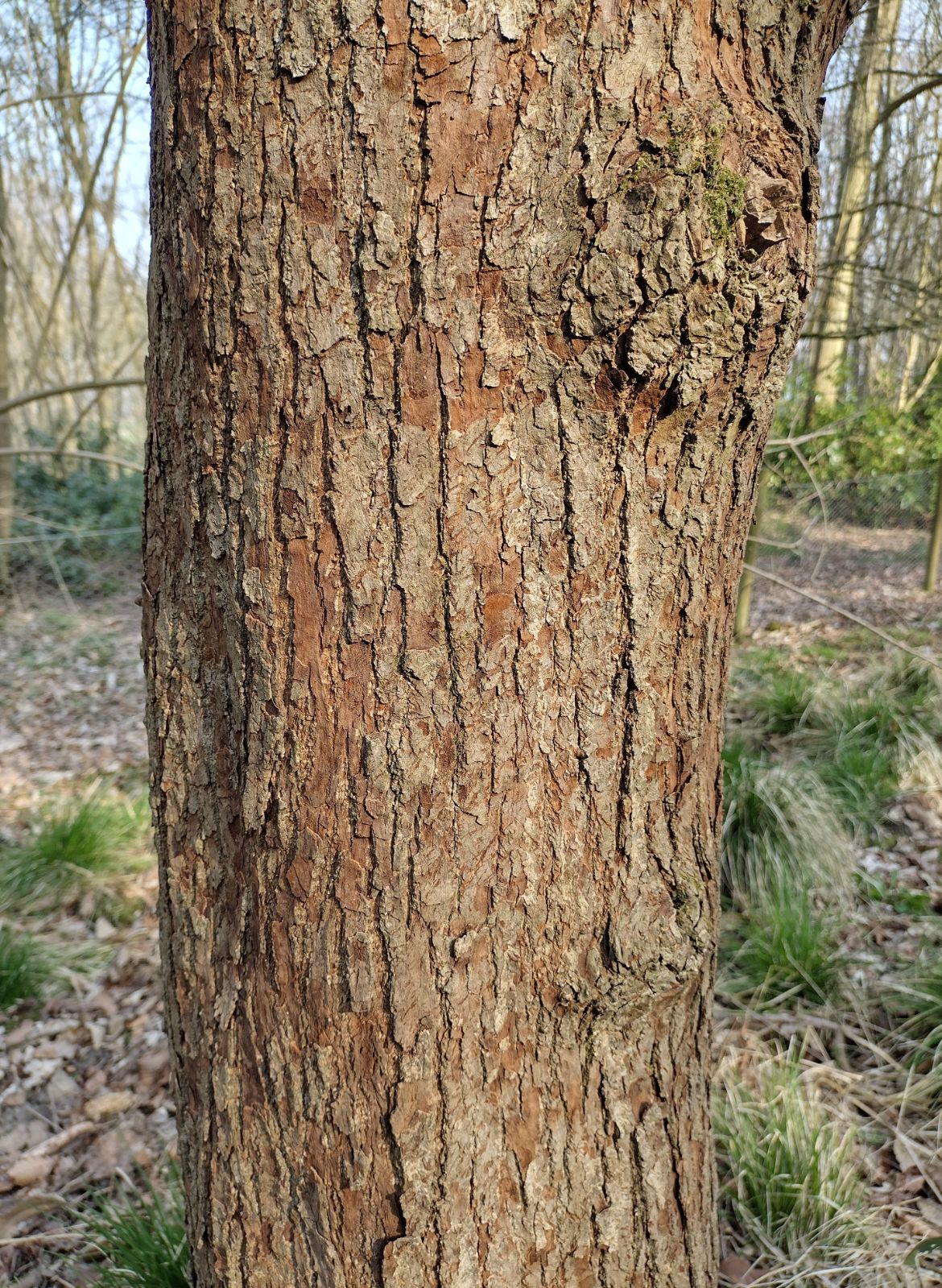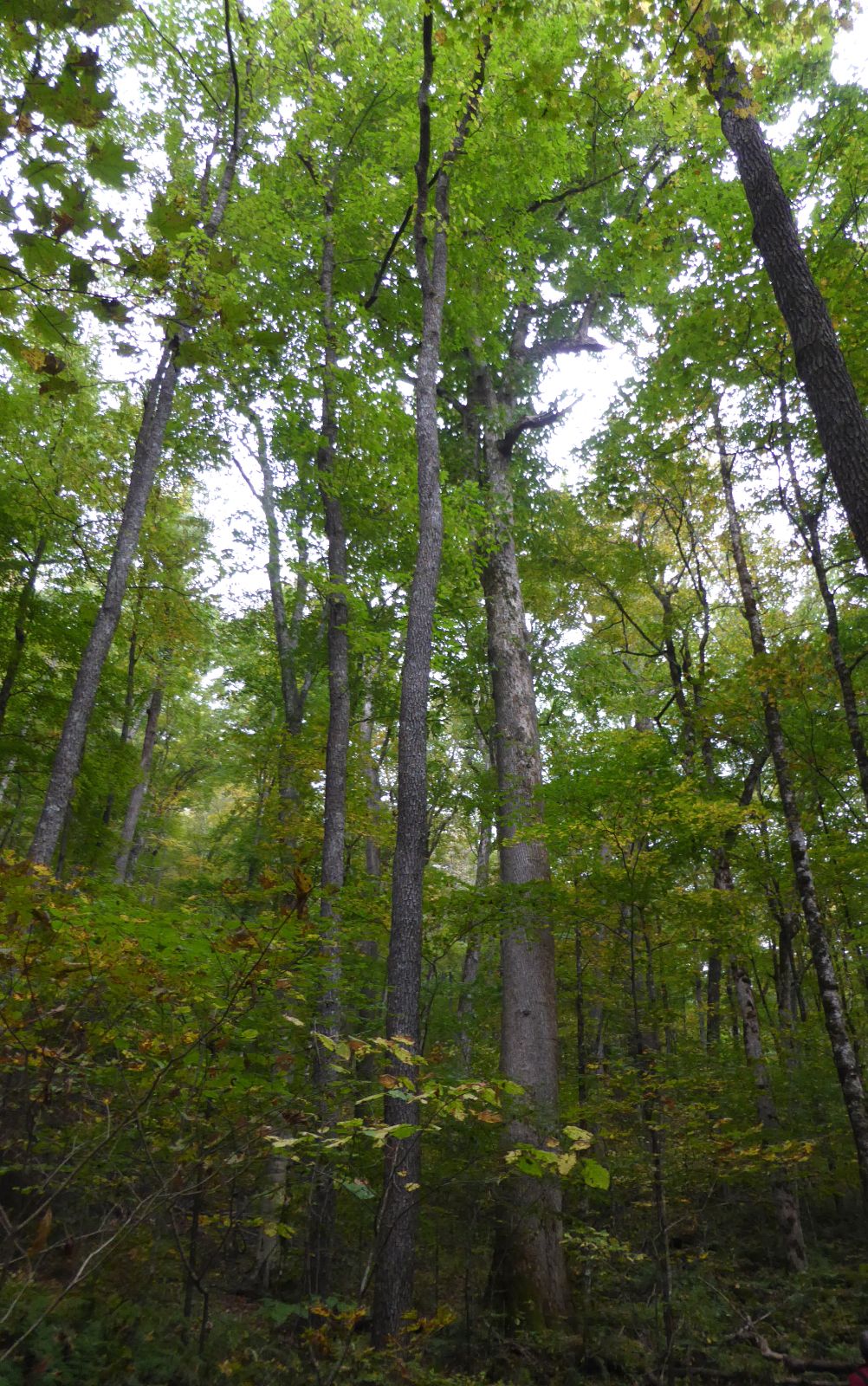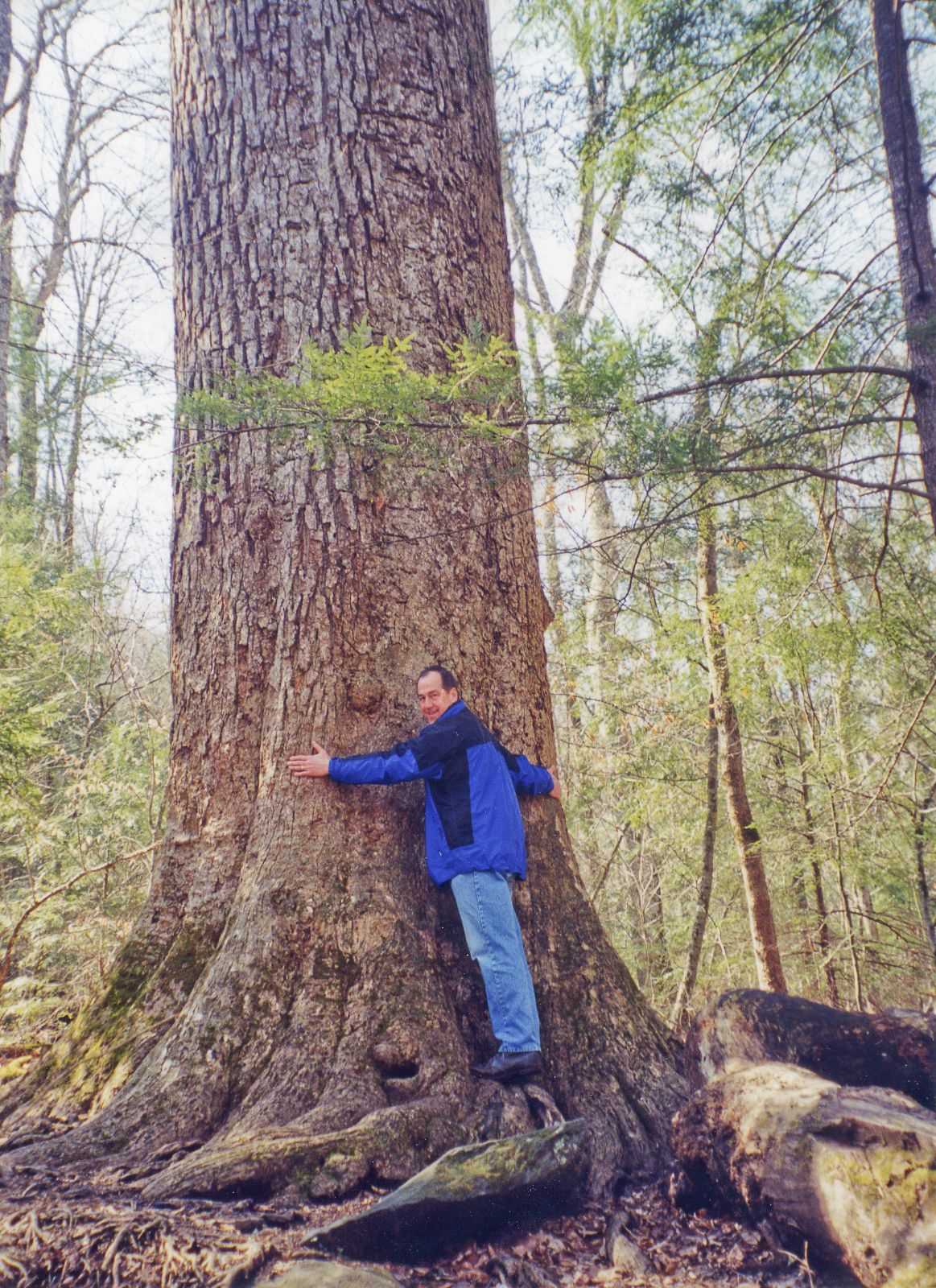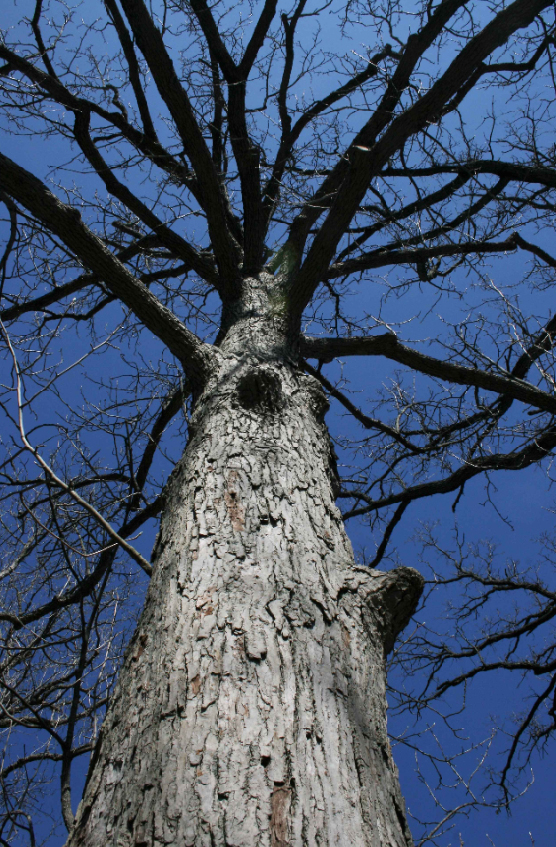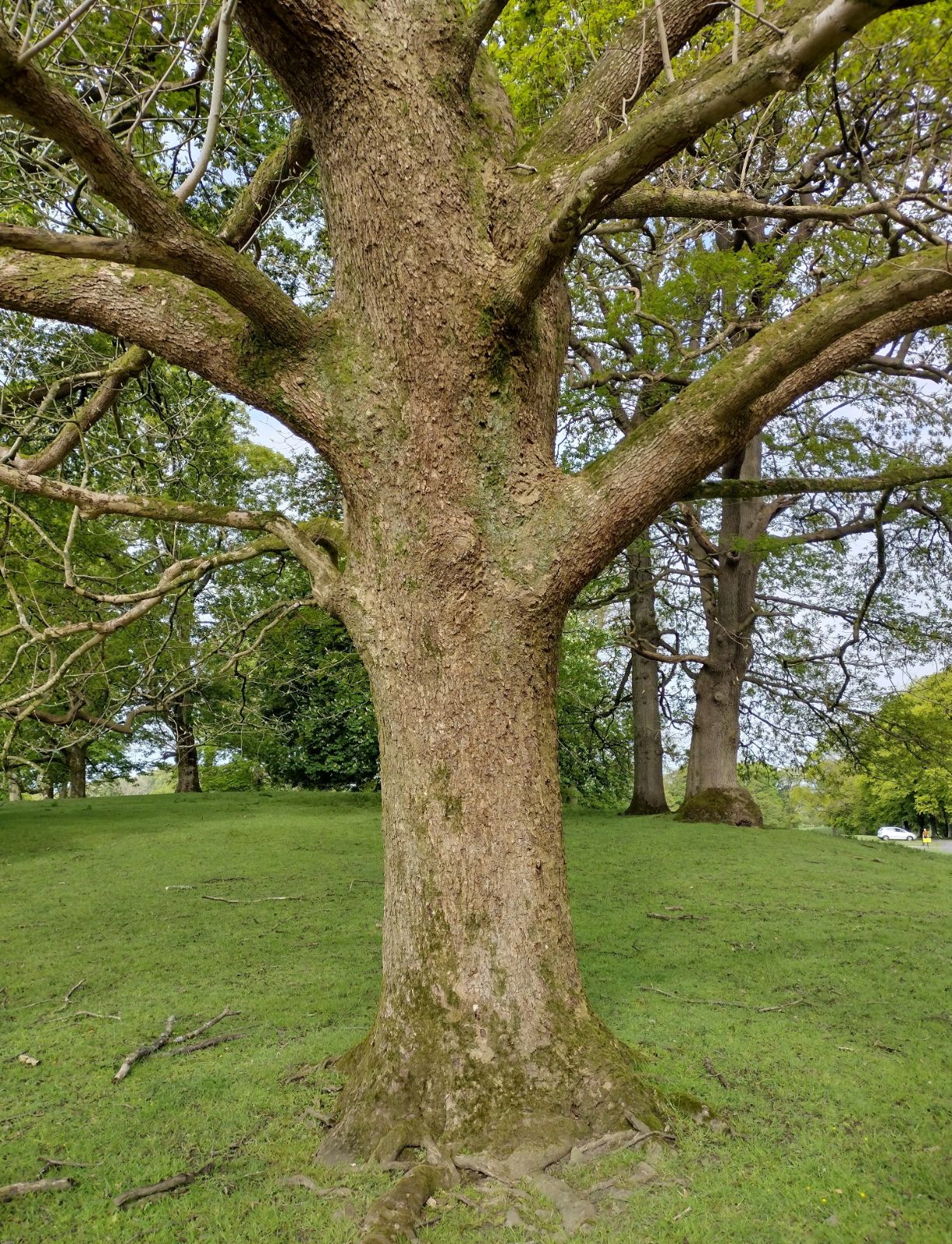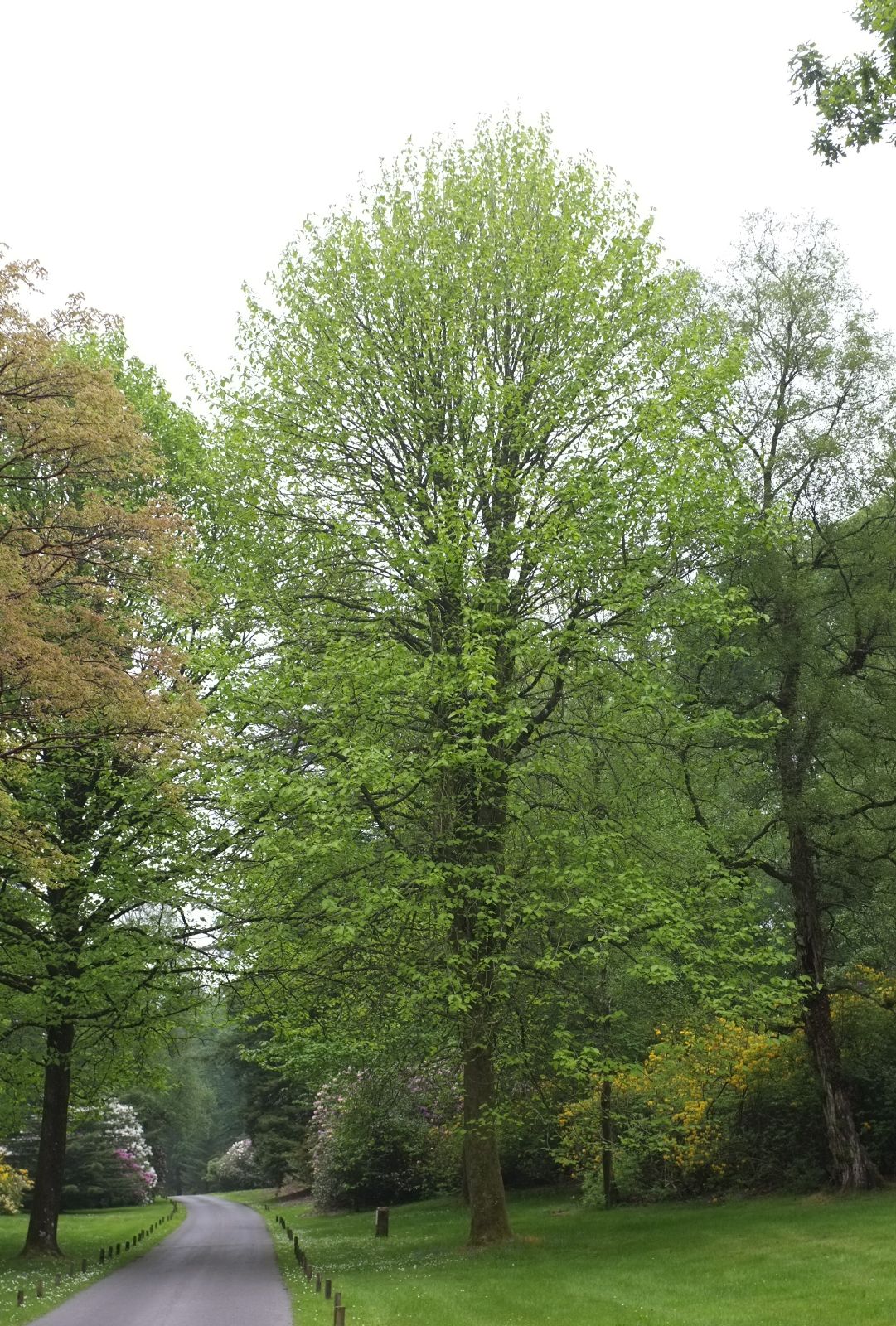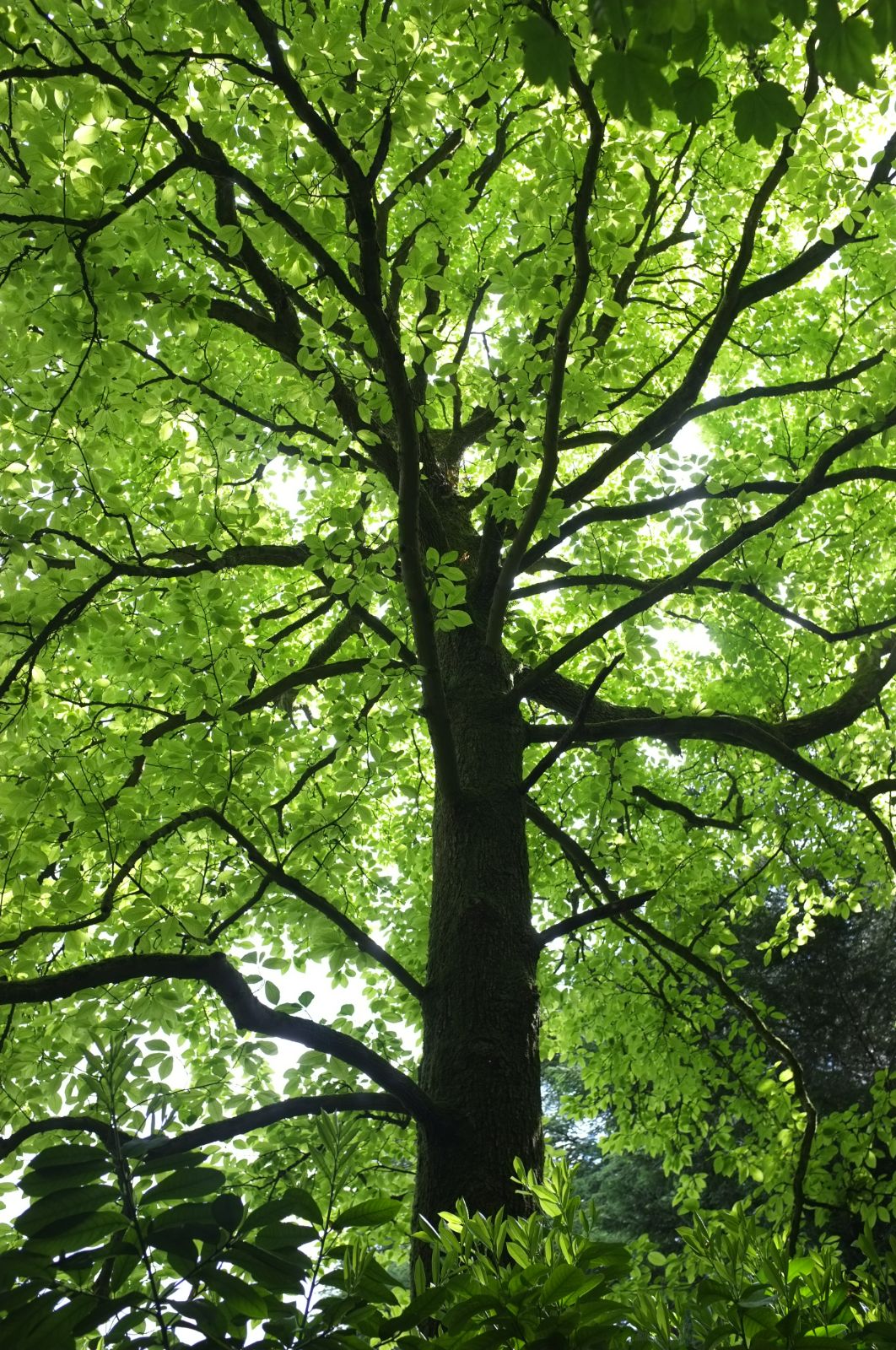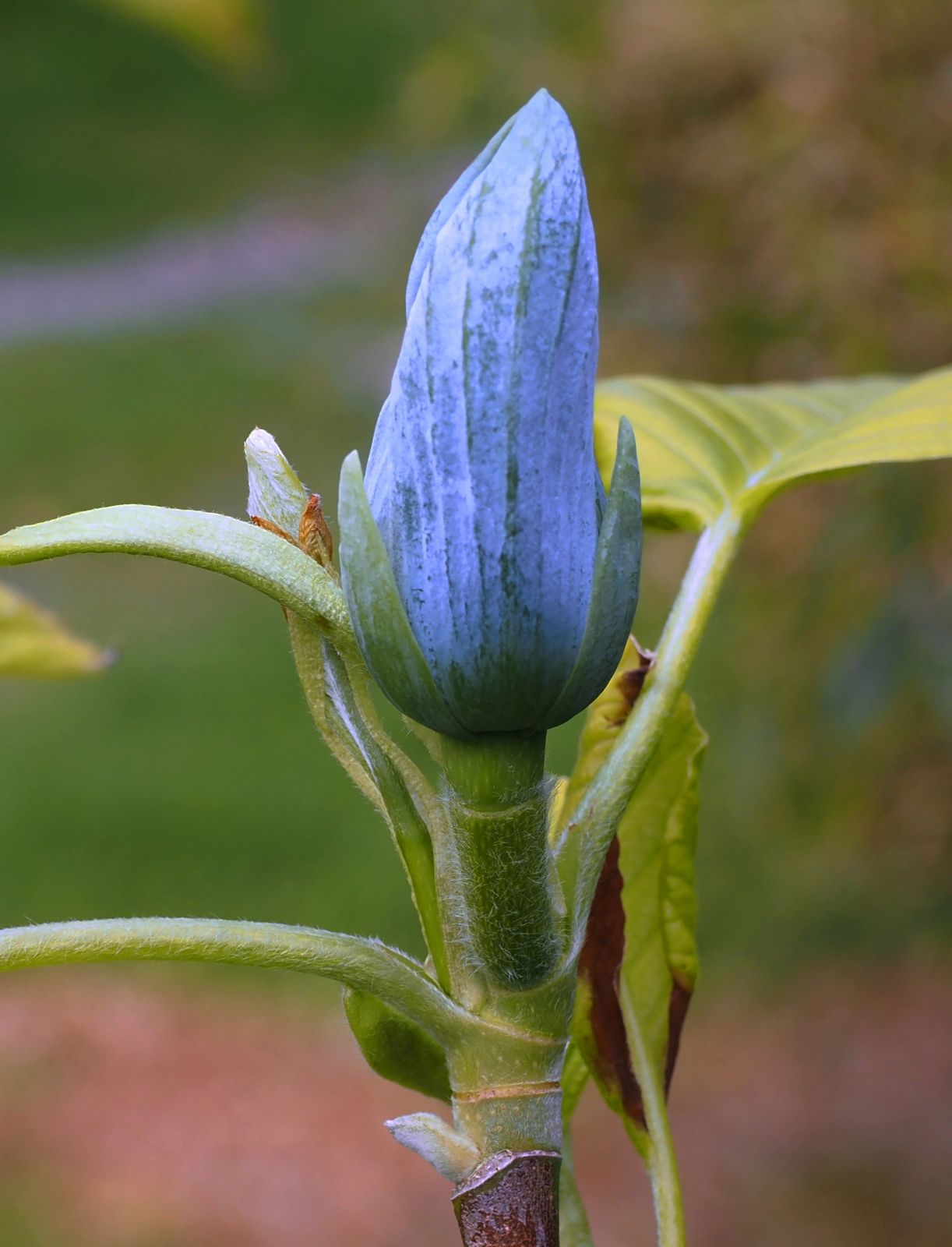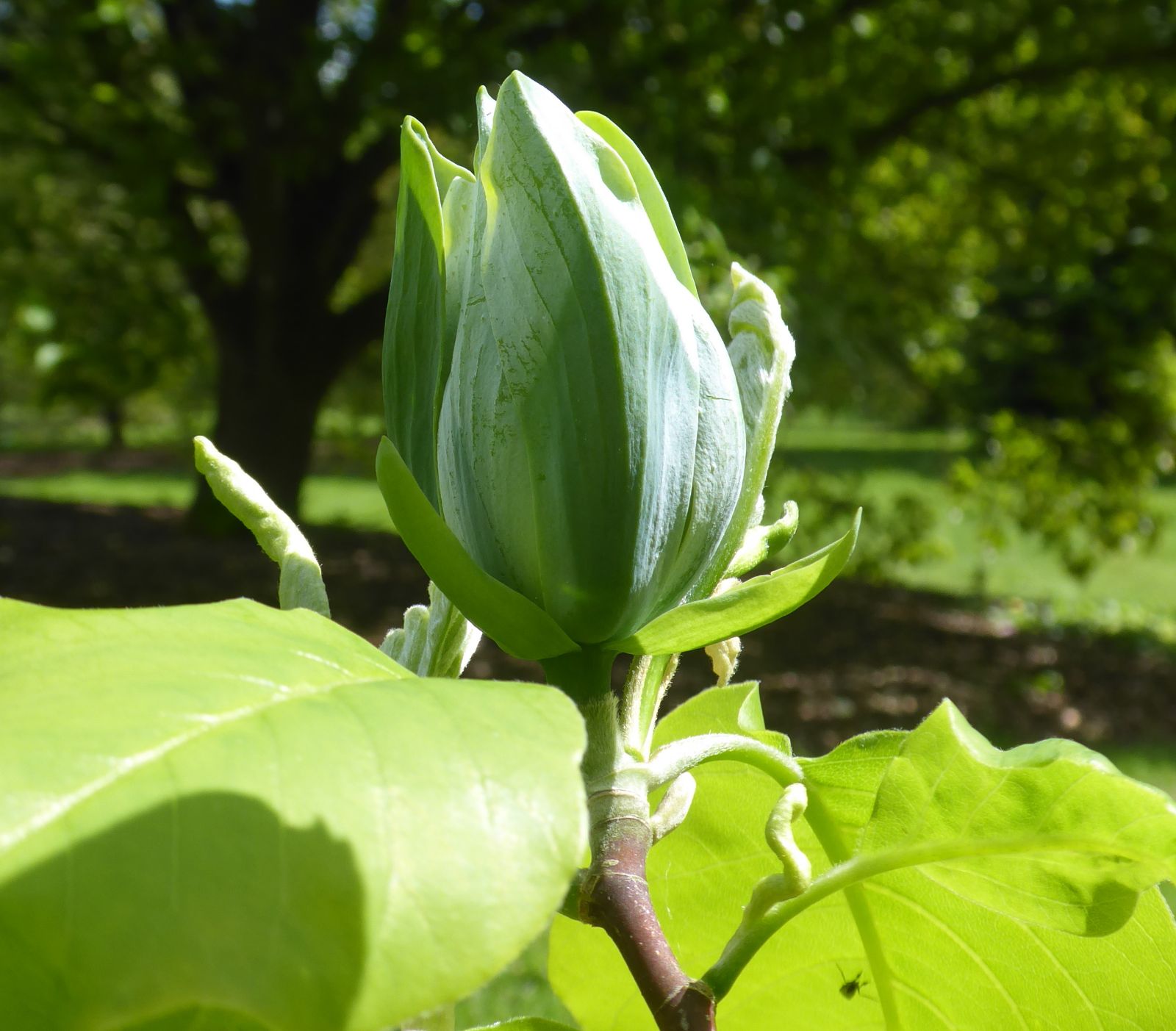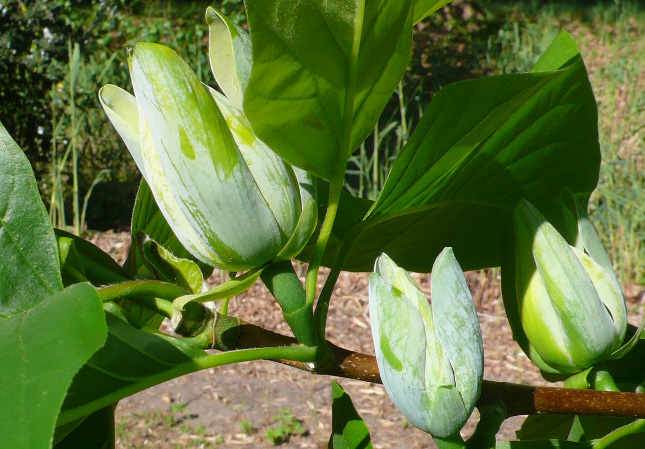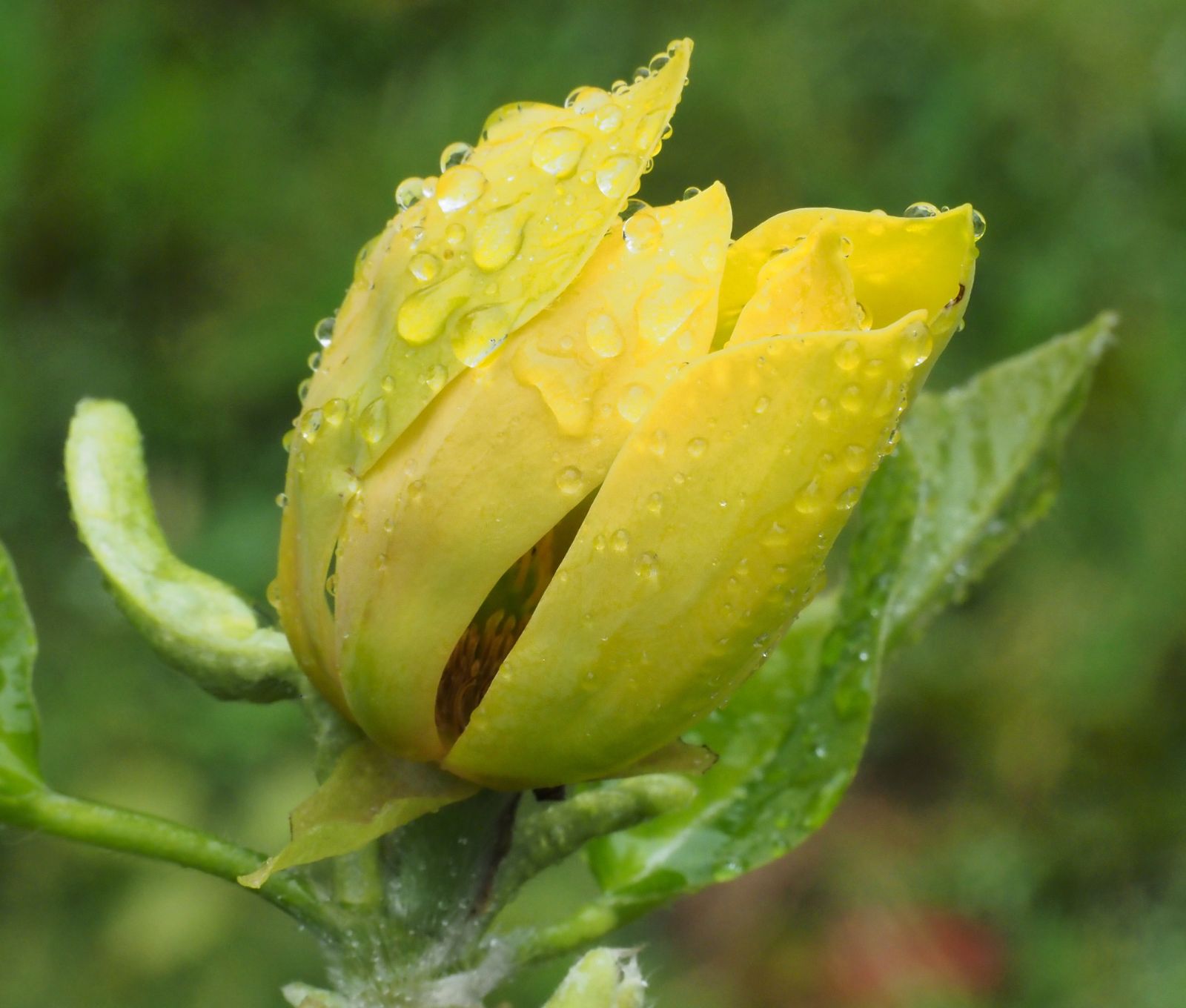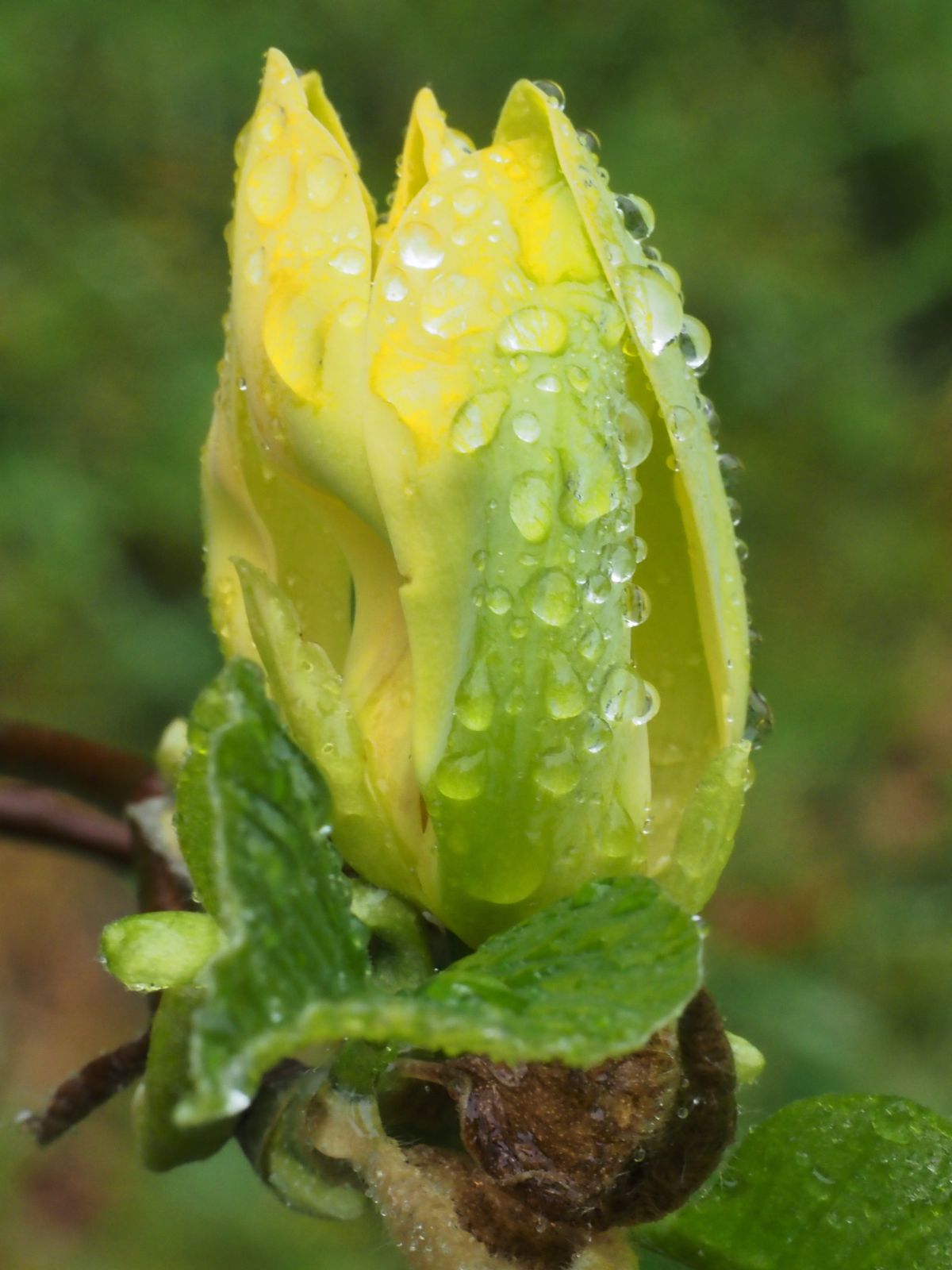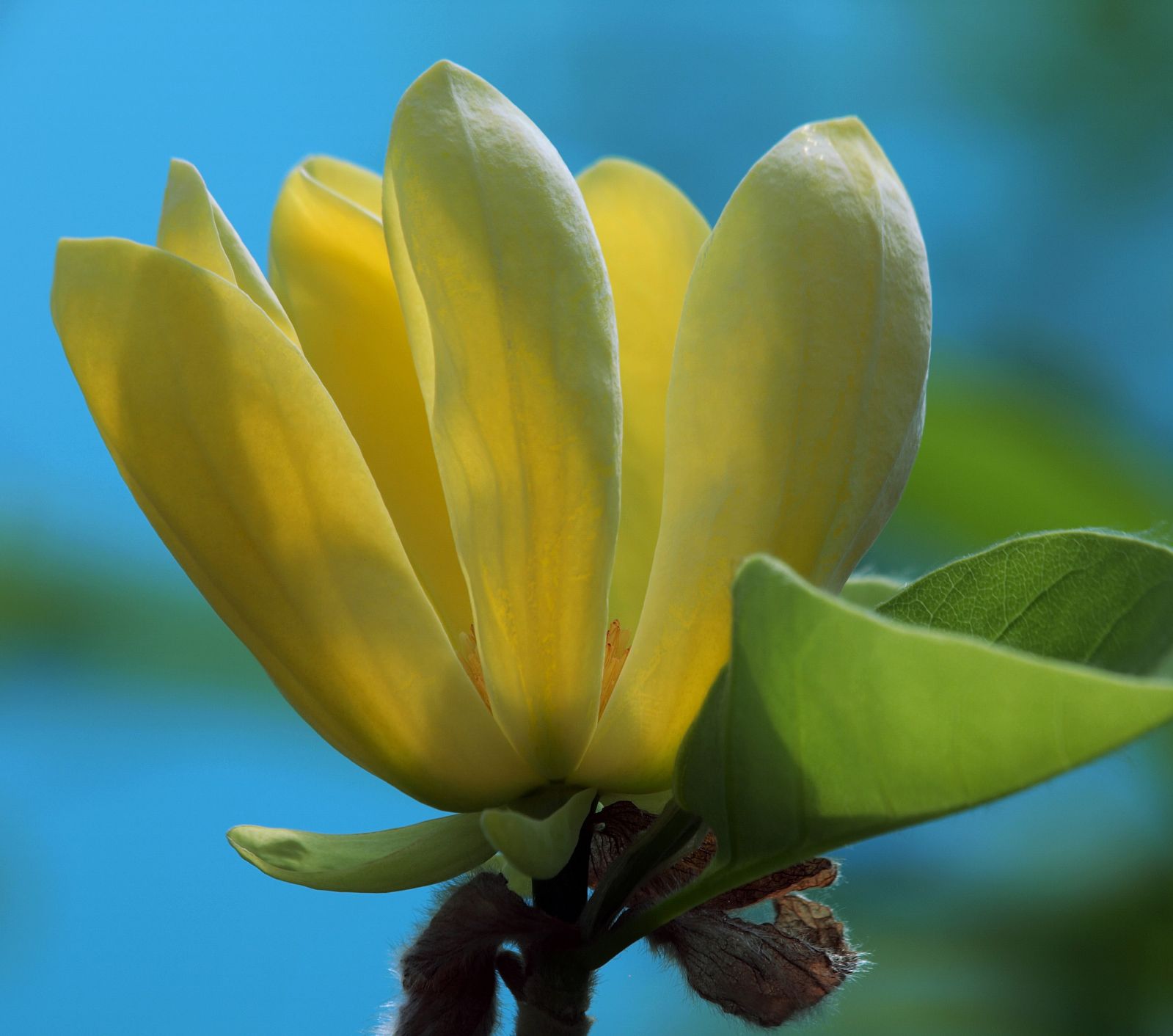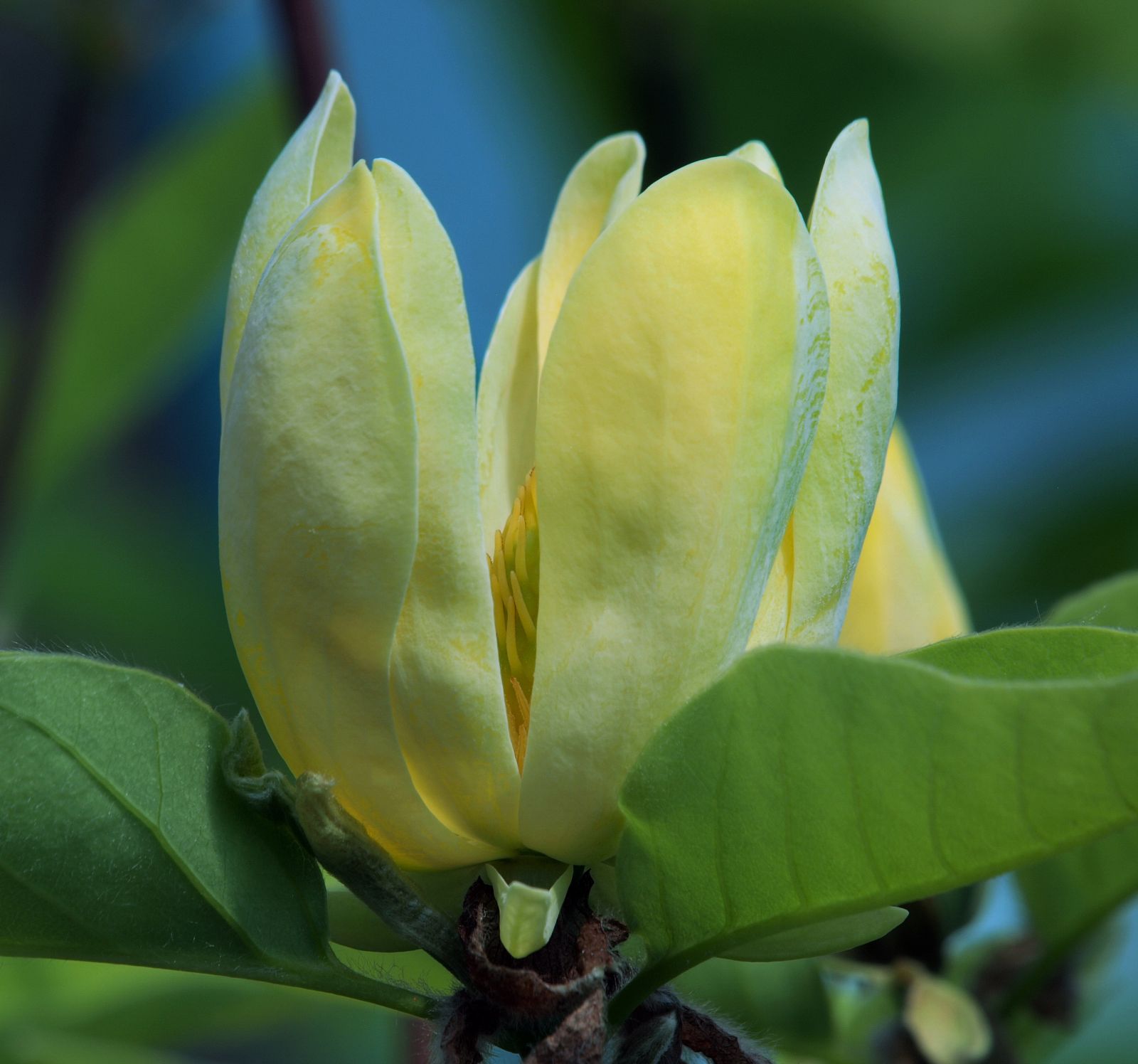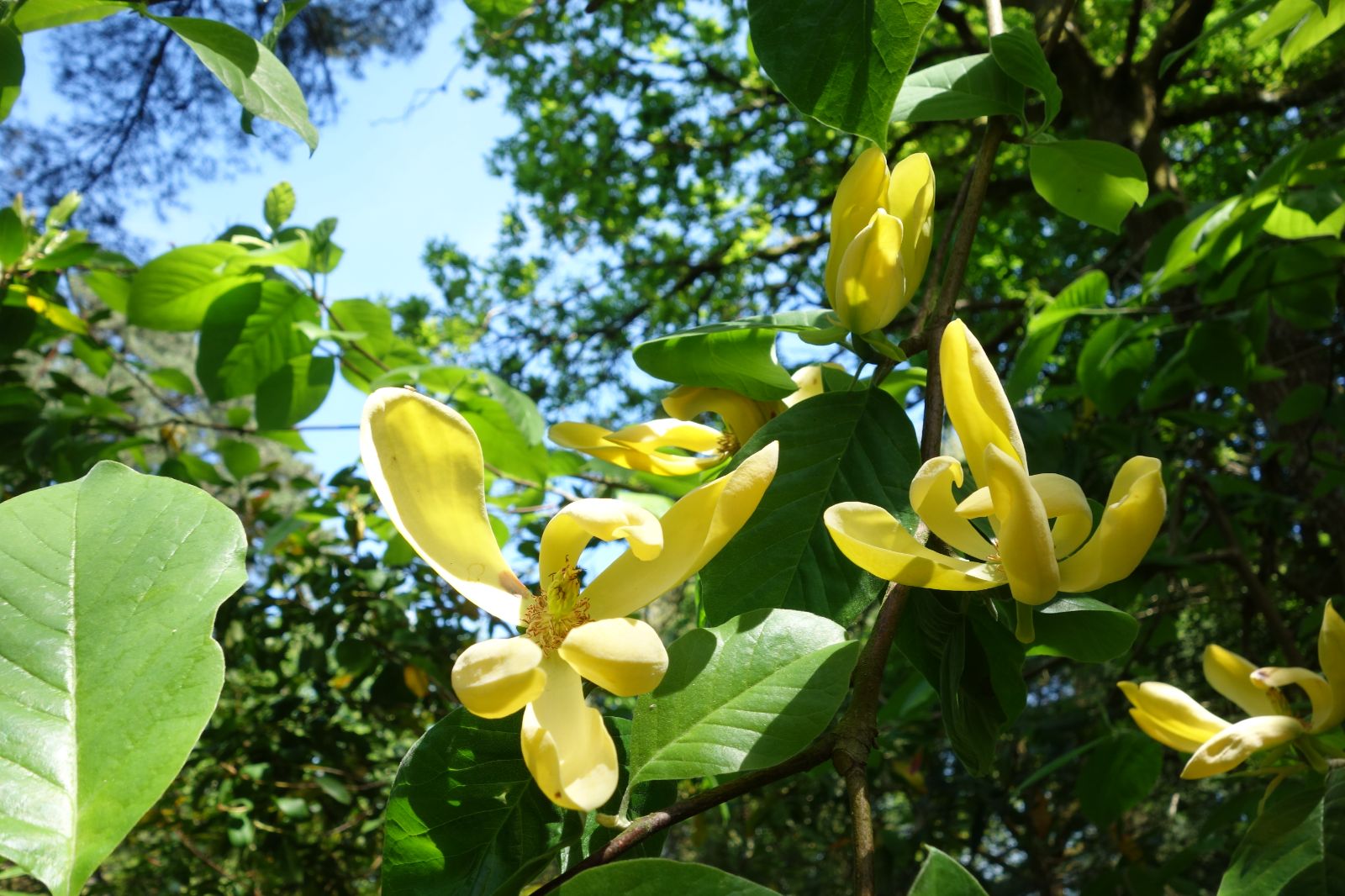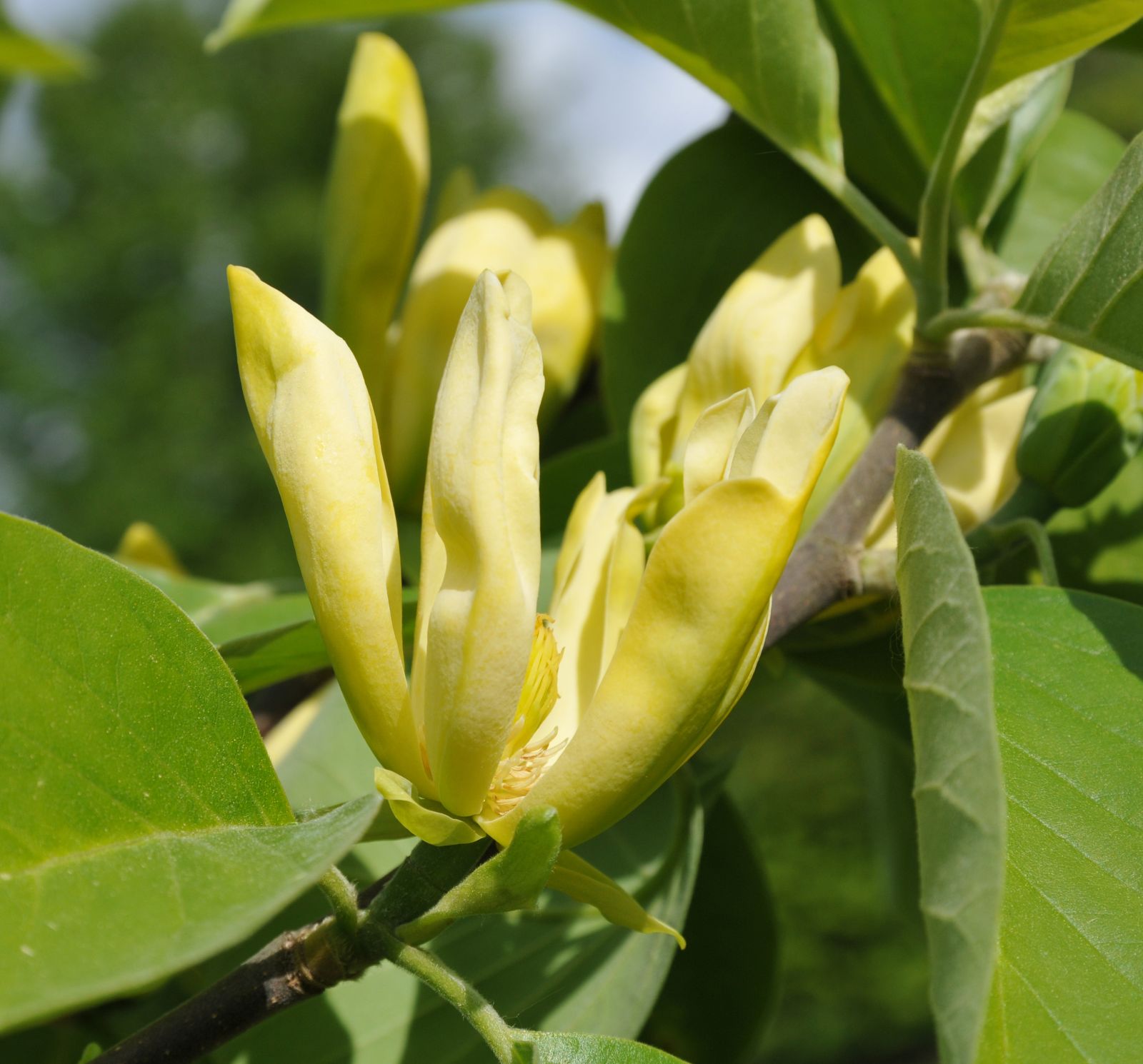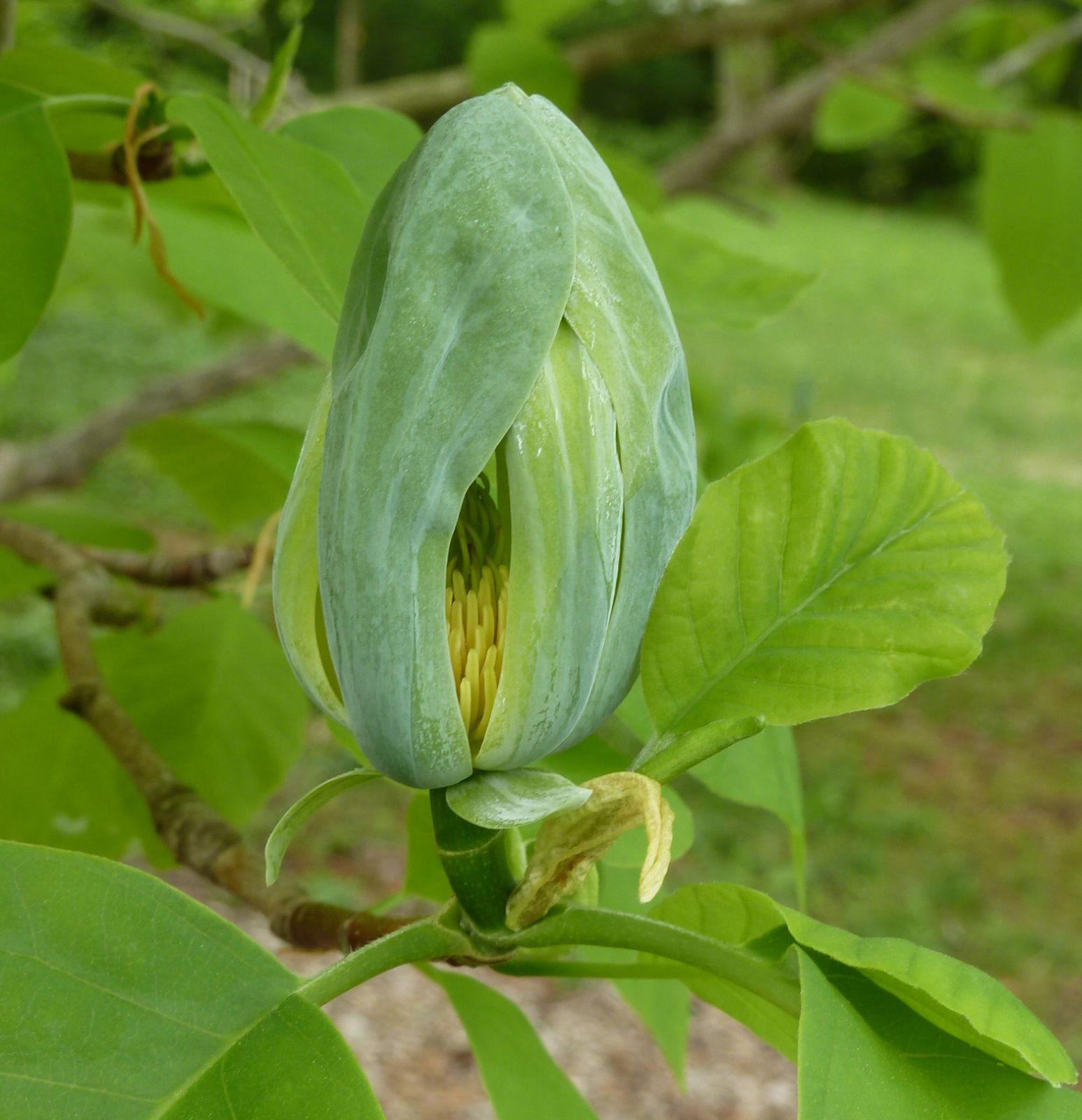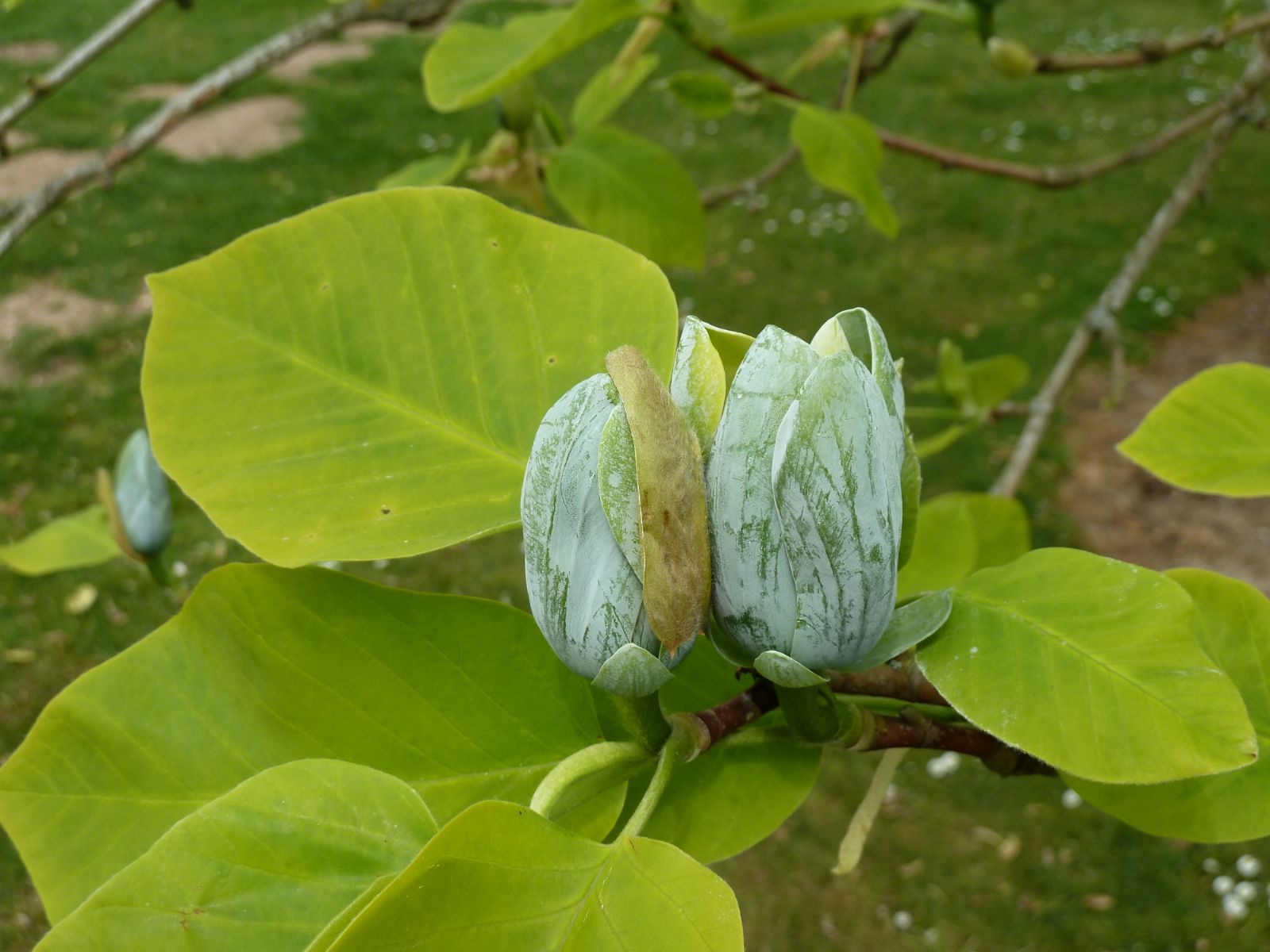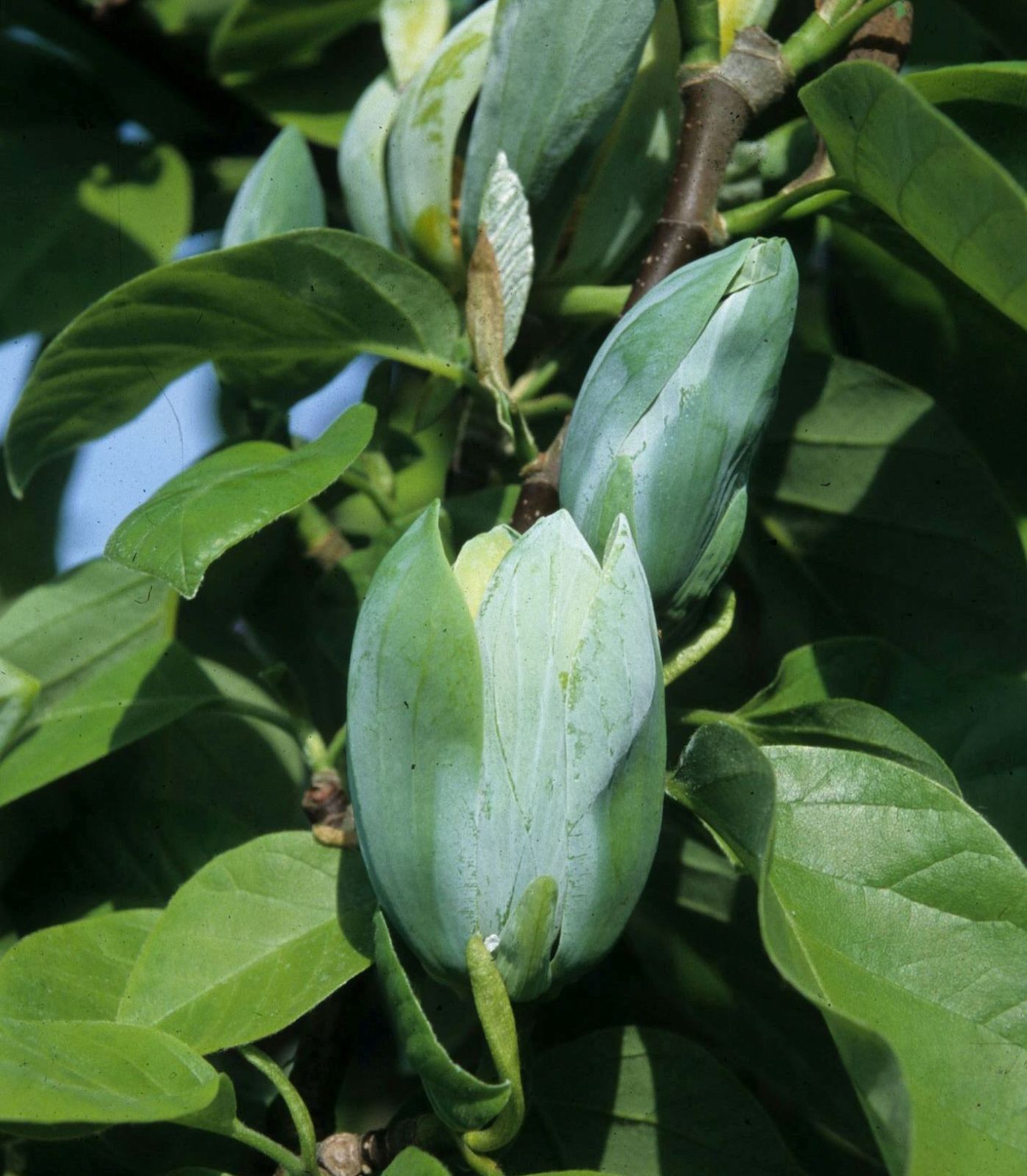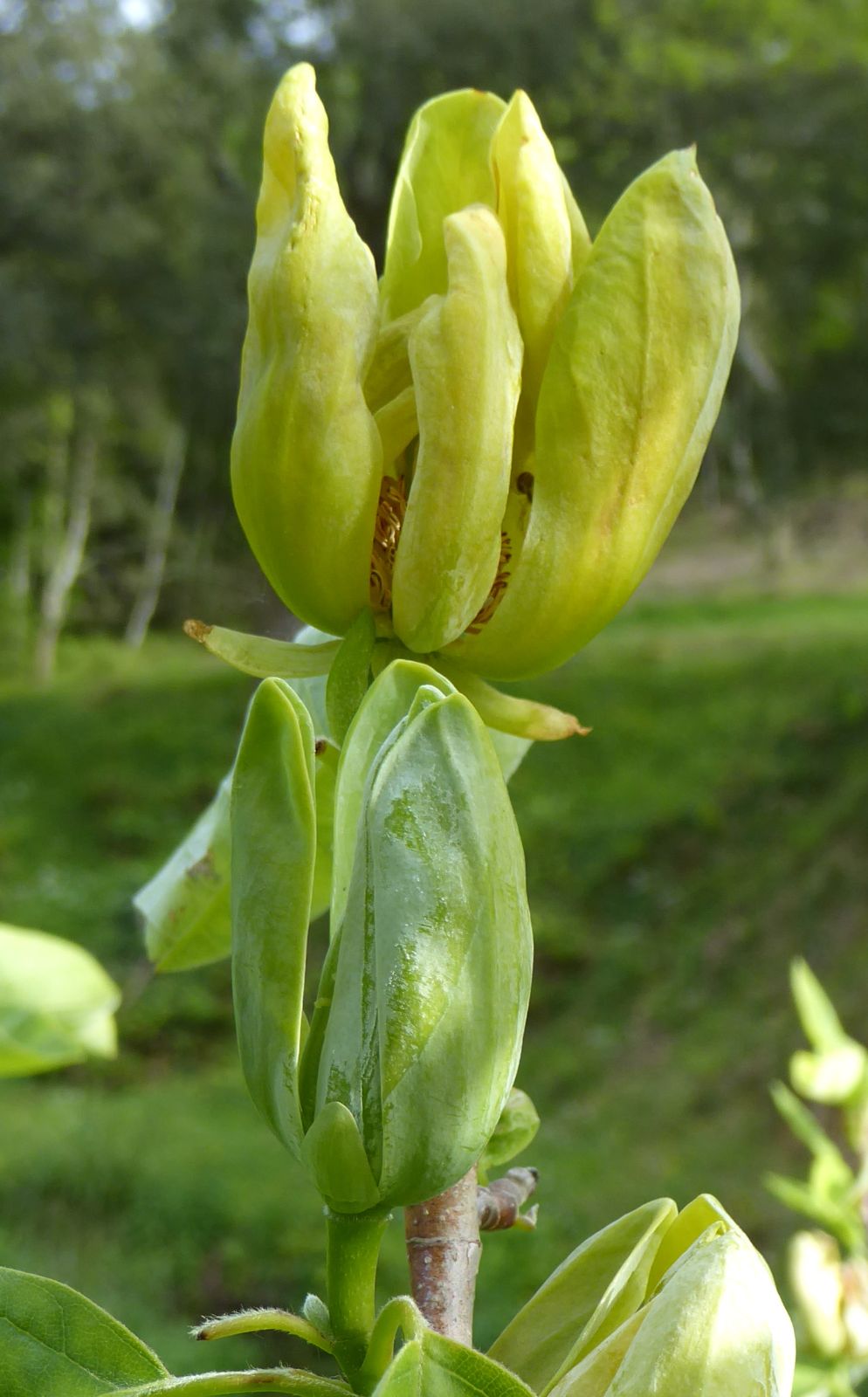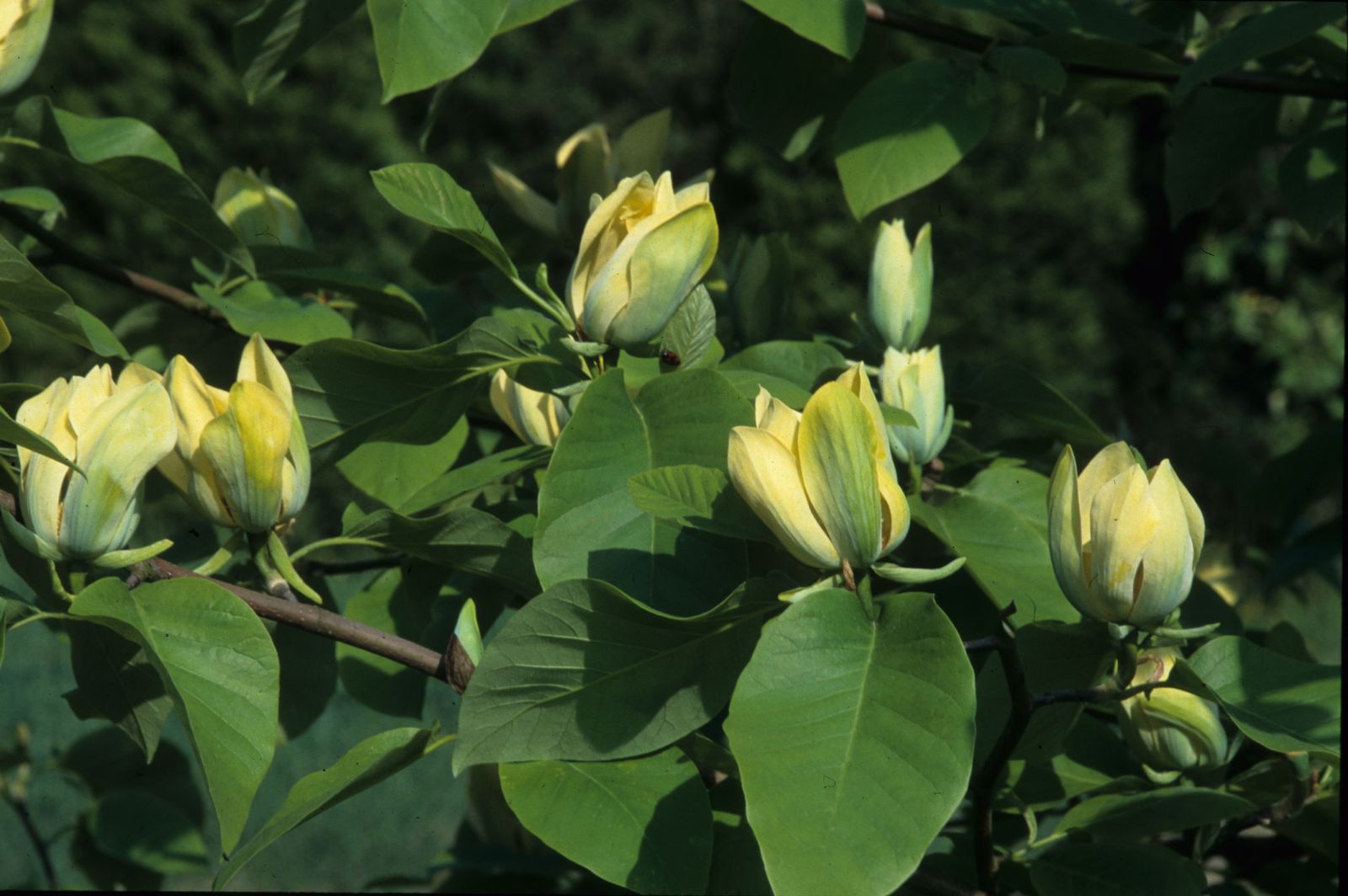Magnolia acuminata
Sponsor
Kindly sponsored by
The Roy Overland Charitable Trust

Credits
Julian Sutton (2022)
Recommended citation
Sutton, J. (2022), 'Magnolia acuminata' from the website Trees and Shrubs Online (treesandshrubsonline.
Genus
- Magnolia
- Section Tulipastrum
Common Names
- Cucumber Tree
- Cucumber Magnolia
Synonyms
- Magnolia virginiana var. acuminata L.
- Tulipastrum acuminatum (L.) Small
- Yulania acuminata (L.) D.L. Fu
Infraspecifics
Other taxa in genus
- Magnolia × alba
- Magnolia amabilis
- Magnolia amoena
- Magnolia aromatica
- Magnolia biondii
- Magnolia × brooklynensis
- Magnolia campbellii
- Magnolia cathcartii
- Magnolia cavaleriei
- Magnolia caveana
- Magnolia champaca
- Magnolia changhungtana
- Magnolia chapensis
- Magnolia compressa
- Magnolia conifera
- Magnolia Cultivars A
- Magnolia Cultivars B
- Magnolia Cultivars C
- Magnolia Cultivars D
- Magnolia Cultivars E
- Magnolia Cultivars F
- Magnolia Cultivars G
- Magnolia Cultivars H–I
- Magnolia Cultivars J
- Magnolia Cultivars K
- Magnolia Cultivars L
- Magnolia Cultivars M
- Magnolia Cultivars N–O
- Magnolia Cultivars P
- Magnolia Cultivars Q–R
- Magnolia Cultivars S
- Magnolia Cultivars T
- Magnolia Cultivars U–V
- Magnolia Cultivars W–Z
- Magnolia cylindrica
- Magnolia dandyi
- Magnolia dawsoniana
- Magnolia de Vos and Kosar hybrids
- Magnolia decidua
- Magnolia delavayi
- Magnolia denudata
- Magnolia doltsopa
- Magnolia duclouxii
- Magnolia ernestii
- Magnolia figo
- Magnolia floribunda
- Magnolia × foggii
- Magnolia fordiana
- Magnolia foveolata
- Magnolia fraseri
- Magnolia fulva
- Magnolia globosa
- Magnolia × gotoburgensis
- Magnolia grandiflora
- Magnolia grandis
- Magnolia Gresham hybrids
- Magnolia guangdongensis
- Magnolia hookeri
- Magnolia insignis
- Magnolia Jury hybrids
- Magnolia × kewensis
- Magnolia kobus
- Magnolia kwangtungensis
- Magnolia laevifolia
- Magnolia lanuginosa
- Magnolia leveilleana
- Magnolia liliiflora
- Magnolia × loebneri
- Magnolia lotungensis
- Magnolia macclurei
- Magnolia macrophylla
- Magnolia martini
- Magnolia maudiae
- Magnolia nitida
- Magnolia obovata
- Magnolia officinalis
- Magnolia opipara
- Magnolia × proctoriana
- Magnolia × pruhoniciana
- Magnolia rostrata
- Magnolia salicifolia
- Magnolia sapaensis
- Magnolia sargentiana
- Magnolia sieboldii
- Magnolia sinensis
- Magnolia sinica
- Magnolia sinostellata
- Magnolia × soulangeana
- Magnolia sprengeri
- Magnolia stellata
- Magnolia tamaulipana
- Magnolia × thomsoniana
- Magnolia tripetala
- Magnolia × veitchii
- Magnolia virginiana
- Magnolia × wieseneri
- Magnolia wilsonii
- Magnolia xinganensis
- Magnolia yunnanensis
- Magnolia yuyuanensis
- Magnolia zenii
Deciduous tree, or sometimes a large shrub, to 30 m. Bark dark grey, furrowed. Branchlets and foliar buds silvery hairy. Leaves distinctly alternate, not in terminal whorl-like clusters. Leaf blade broadly ovate-elliptic, oblong or oblong-obovate, (5–)10–25(–40) × 4–15(–26) cm; base cuneate, truncate or broadly rounded, often somewhat oblique; apex acuminate; lower surface pale green to whitish, hairy or nearly glabrous; upper surface green, glabrous, more rarely with scattered hairs. Stipules 3.2–4.3 × 1.4–1.6 cm, pilose beneath. Flowers slightly aromatic, 6–9 cm across; spathaceous bracts 2, silky-pubescent beneath; tepals erect, strongly glaucous to greenish, or sometimes yellow to orange-yellow; outermost tepals reflexed, much shorter, green; stamens (50–)60–122(–139), 5–13 mm, filaments white; carpels (35–)40–45(–60). Fruit oblong-cylindric, often asymmetric, 2–7 × 0.8–2.7 cm; follicles short-beaked, glabrous. Seeds heart-shaped, flattened to somewhat globose, 9–10 mm, smooth, aril reddish orange. Flowering April onwards (in the wild), May–July (UK). Tetraploid 2n = 76. (Meyer 1997).
Distribution Canada S Ontario, very local United States Eastern: from New York south to NW Florida, and west to S Missouri and E Oklahoma
Habitat Rich woods, slopes, ravines, often along streams; 0–1400 m.
USDA Hardiness Zone 3-8
RHS Hardiness Rating H6
Conservation status Least concern (LC)
Taxonomic note Variation in this species has been – and continues to be – ‘a source of disturbance to many botanists’ (Hardin 1954). Southerly forms in particular have attracted attempts to circumscribe infraspecific taxa, but geographical pattern and consistent correlations between morphological characters have proved hard to pin down. Hardin (1954) described three varieties and one forma, but later reversed his position, arguing that no infraspecifics could be supported (for example Hardin & Jones 1989). In Flora of North America, Meyer (1997) follows this later view. We reflect this by giving a description and range which covers the species as a whole. However, since var. subcordata is frequently accepted, especially in horticulture, we also attempt to describe what is meant by this point within the continuum, and structure our general discussion accordingly.
Botanically challenging, Magnolia acuminata includes large, elegant, fast-growing and very hardy deciduous trees, as well as rather less hardy shrubs. It is highly significant in gardens across our area, both in its own right and as a parent of yellow-flowered hybrids.
Sitting alone in Section Tulipastrum, it shares its deciduous habit and mostly terminal flowers with members of Section Yulania, but is set apart by its North American rather than Asiatic distribution; by its buds opening later in the growing season, after leaf emergence; and by its blue/green or yellow rather than white/pink/purple inner tepals. Patterns of variation across its wide range have proved impossible to handle taxonomically to everybody’s satisfaction (see taxonomic note above). To say that hardier northern forms tend to be trees with glaucous-blue to green inner tepals (more rarely yellow), while southerly forms tend to be shrubs or smaller trees with yellow flowers is a crude simplification, but is a starting point, and is particularly useful when considering plants in cultivation outside North America, where only a limited range of material is grown. What follows here relates to typical northern tree forms, with southern shrubs discussed under var. subcordata.
This tree was well known to Native Americans and early European settlers, well before Linnaeus’ scientific description in 1759 (his specific epithet refers to the acuminate leaf tips). The Cherokee used its light, close-grained, yellow-brown wood for construction, furniture and paper making, while both the Cherokee and Iroquois had diverse medicinal uses for the bark (Moerman 2003). The rather small and insignificant flowers open on leafy shoots, typically with glaucous tepals, but colour forms range from ‘blue’ to yellow. Yellow-flowered forms sometimes named M. acuminata var. aurea Ashe have been collected from the Carolinas, Tennessee, Georgia, and possibly Alabama. These clearly have potential as parents in the creation of yellow, precocious flowering hybrids, although the acuminata parent of the original ‘Elizabeth’ had green outer tepals (Koerting 1977; Meyer 1997). The vernacular name refers to the shape and colour of the young fruits, which later turn red, but are not sufficiently large or numerous to rank as an ornamental feature. An alternative name, Indian-Bitter derives from François Michaux’s early 19th century report that indigenous poeple around the Allegheny Mountains steeped the unripe cones in whiskey to make a bitter tonic (Jacobson 1996). This can be one of the best magnolias for autumn colour, but varies between clones from a dull dark brown to bright yellow.
Its introduction to Europe is well documented, seed having been sent by the Anglo-American trader in seed of American plants John Bartram, in the 1730s or 40s, to his fellow Quaker the London draper and avant garde plantsman Peter Collinson; it first flowered for Collinson in 1762 (Bean 1981). Other European introductions surely followed, and the species was growing in Poland by 1820 (Anisko & Czekalski 1991). This is a very hardy tree, grown across most of our European area, north to southern Finland (Arboretum Mustila 2021) and central Norway (NTNU University Museum 2021). In the maritime climates of the British Isles, magnificent specimens at Wakehurst Place, W Sussex (22 m × 242 cm, 2015) and at The Hollies, Leeds, W Yorkshire (22.4 × 279 cm, 2020 – The Tree Register 2021) are typical of what it can achieve with time. Interestingly, it can perform well in areas with cool summers, such as North Yorkshire, where there is a good specimen (10.6 m × 155 cm, 2021) in an upland setting on carboniferous limestone near Skipton, at Parcevall Hall (The Tree Register 2021). It is rather commonly grown in Poland, where it is considered the hardiest magnolia, undamaged by severe winters and reaching above 21 m in height (Anisko & Czekalski 1991).
In North America it is commonly grown away from areas with very dry summers, making a fine shade tree and in its hardiest forms surviving colder winters than any other species. It stands out as being one magnolia which will tolerate calcareous soils in the Midwest. The current US champion, an immensely stout specimen in Stark Co. OH, was measured at 27.7 m × 785 cm in 2019 (American Forests 2021) although taller specimens have been recorded.
Magnolia acuminata is often used in North America as a roostock for grafting other magnolias. In Scandinavia, where a number of magnolias are at their limits of hardiness, a M. acuminata rootstock is thought to improves the scion’s cold hardiness.
Hybrids involving M. acuminata are a relatively modern phenomenon, largely driven by the quest for yellow, precocious flowering trees. The hardiness and variability of M. acuminata are important features for the breeder. Early work by Evamaria Sperber and others at the Brooklyn Botanic Garden’s Kitchawan Research Station, New York began in the 1950s. It led to the various M. × brooklynensis cultivars (M. acuminata × M. liliiflora) and hybrids between M. acuminata and M. denudata such as ‘Elizabeth’. Breeding work down these and other lines continues; very many cultivars have been named, and the quest is now on to identify the most gardenworthy of them.
'Blue Opal'
(Var. acuminata) Flower buds remarkably blue-green, yellow and blue mixed in the open flower. Selected at the Henry Foundation garden Gladwyne, PA, before 2011. It is becoming more freely available, at least in the UK and Europe.
'Busey'
Spreading branches and uniform yellow autumn colour; self-incompatible flowers. Selected by Joe McDaniel of Urbana, IL before 1973.
'Ellen'
(Var. subcordata) Irregularly cream-variegated foliage; yellow flowers. Selected before 1984 by Al Fordham of the Arnold Arboretum, MA, from a group of seedlings sown in 1965.
'Fertile Myrtle'
An exceptionally fecund plant raised from N Ohio seed by Phil Savage of Michigan. It has been used extensively in breeding programmes. August Kehr of Hendersonville, NC has raised colchicine induced polyploid seedlings of ‘Fertile Myrtle’, including ‘Laser’ (16-ploid) and ‘Patriot’ (octoploid). Being more vigorous than the parent they are used only in breeding programmes.
'Golden Glow'
Upright and free-flowering, with yellow and green intermingled in the flower. Selected 1957 by Frank Galyon of Knoxville, TN from the Great Smoky Mountains; propagated 1960s by Iufer Nurseries.
'Klassen'
Fast growing and large flowered, with dark autumn colour; selected before 1973 by Joe McDaniel, IL. Of typical habit but its offspring tend to be fastigiate (Kehr 2001).
'Koban Dori'
Small tree to 6 m height and 4 m crown width, flowers 5–7.5 cm across appearing with the leaves, with 6 soft yellow tepals. Introduced by Nakamura, Japan before 1989. Philippe de Spoelberch, Belgium, finds this a ‘difficult plant’ (pers. comm. 2021).
'Miss Honeybee'
(Var. subcordata) Pale yellow with lime green running down the outer tepals. Vigorous and large flowered, it can be susceptible to early autumn frosts. Introduced before 1972 by J. Merrill Nursery of Painesville, OH. Starred as worthwhile by Philippe de Spoelberch, Belgium (pers. comm. 2021).
'Mister Yellowjacket'
(Var. subcordata) Flowers canary yellow to orange yellow, less glaucous than usual, produced profusely in June then repeating in late summer. A small, spreading tree to 8 m height and 9 m crown width. Selected as a tree at an abandoned property in Montvale, NJ before 1994 by Dick Figlar.
'Moegi Dori'
(Var. subcordata) Similar in size and shape to ‘Koban Dori’ but flowering later, in mid May; introduced by Nakamura, Japan before 1989.
'Philo'
Blue-green flowers and good autumn colour; highly self-compatible and producing plentiful seed. Selected by Joe McDaniel from a farm at Philo, IL before 1994.
'Seiju'
Iridescent blue green flowers revealing bright yellow inner tepals on opening. Introduced by Nakamura, Japan before 2000. Starred as worthwhile by Philippe de Spoelberch (pers. comm. 2021).
'Skylands Best'
(Var. subcordata) Two crops of large yellow flowers, during May or early June and again in late summer. An attractively shaped pyramidal tree of compact growth, selected by Dick Figlar before 1984.
var. subcordata (Spach) Dandy
Synonyms
Magnolia cordata Michx.
Magnolia acuminata var. cordata (Michx.) Sarg.
Tulipastrum americanum var. subcordatum Spach
Plants described as var. subcordata are more likely to be small trees or shrubs. Their young branchlets are densely covered with fine, silky hairs, and the leaf undersides are closely tomentose. The flowers have yellow or greenish-yellow inner tepals. The horticultural importance of yellow flowers makes it worth emphasising that even those who would rigorously distinguish var. subcordata from var. acuminata include some yellow-flowered trees from the Upper Piedmont within var. acuminata, as f. aurea (Ashe) Hardin. (Hardin 1954; Spongberg 1976)
Distribution
- United States – Southeast, piedmont and coastal plain from North Carolina to Alabama and NW Florida
RHS Hardiness Rating: H6
USDA Hardiness Zone: 5-8
This is a classic case of a taxon easily recognized in its central forms but which becomes fuzzy and indefinable when one tries to delineate its edges. ‘Classic’ var. subcordata as seen in cultivation makes a slow-growing, widely spreading shrub or small, broad crowned tree. Tepal colour varies from pale to canary yellow, often with reddish lines on the inner tepals. In cooler maritime areas such as the British Isles they are not freely produced. The fruits are sometimes claimed to be smaller and a darker red than those of typical M. acuminata (Rehder 1940).
Uncommon both in the wild and in general cultivation, it was first recognized as distinct by French botanical explorer André Michaux who with his son François travelled widely in eastern North America: his original specific epithet cordata is frankly misleading. It appears to have been introduced to Europe several times at the beginning of the 19th century, to France in 1803 from the Michaux collection, and to England twice in 1801, independently by the nursery-oriented plant collectors John Lyon and John Fraser (Bean 1981). Its impact on European horticulture has been small. It is no surprise that records of this uncertainly defined taxon may not always be reliable.
Like typical M. acuminata it is lime tolerant and requires a reasonable amount of moisture, but it is much less hardy. It has been important as a parent of yellow-flowered hybrids.

